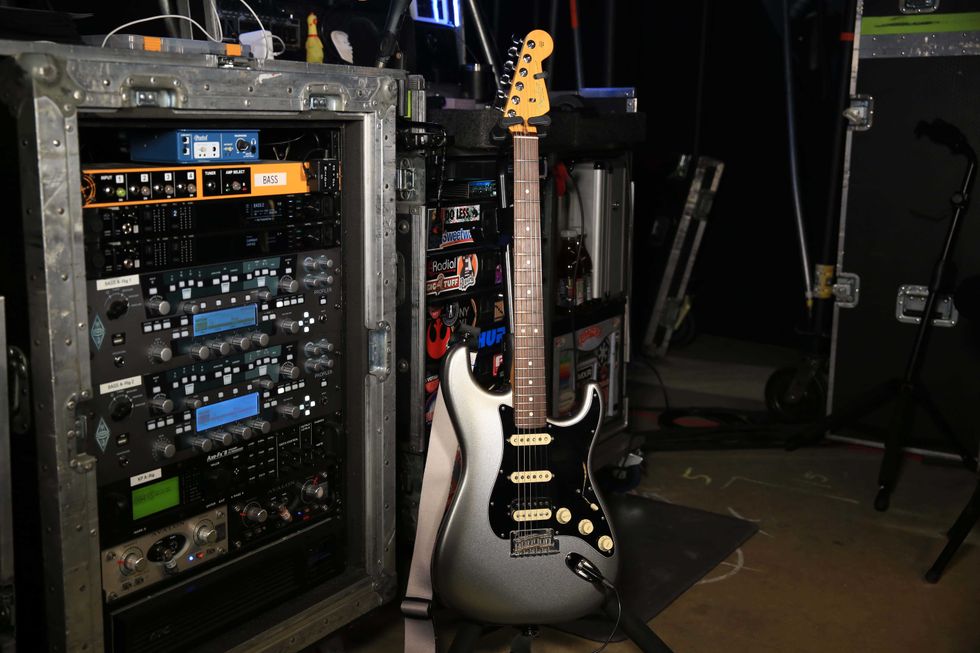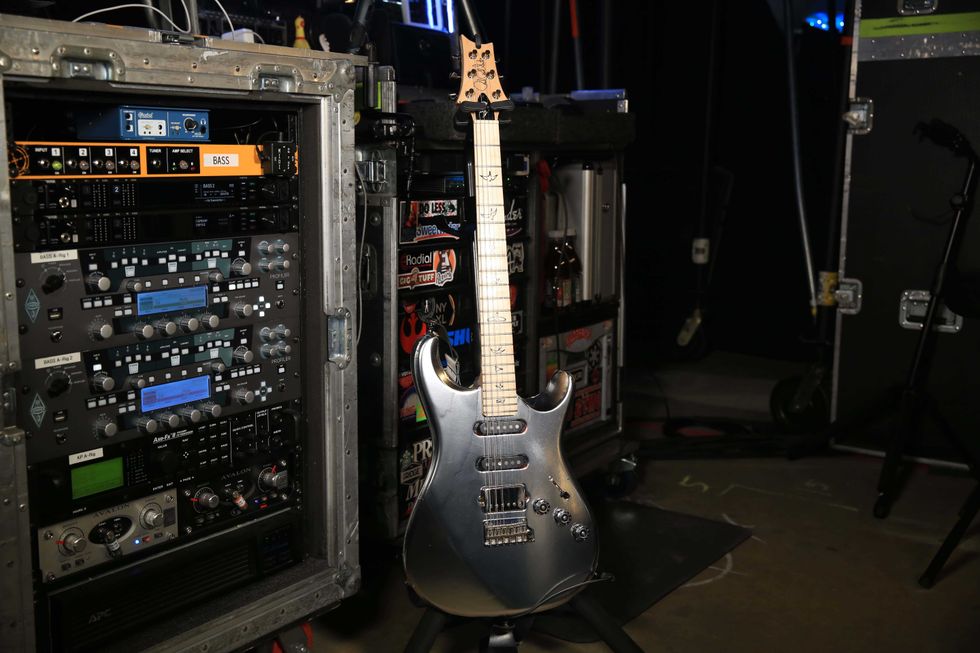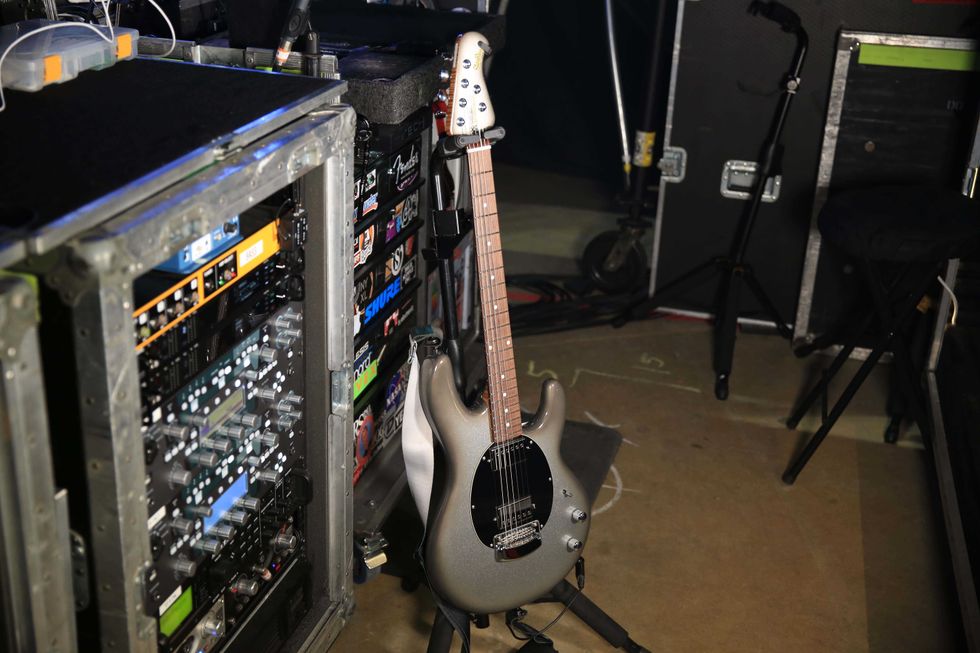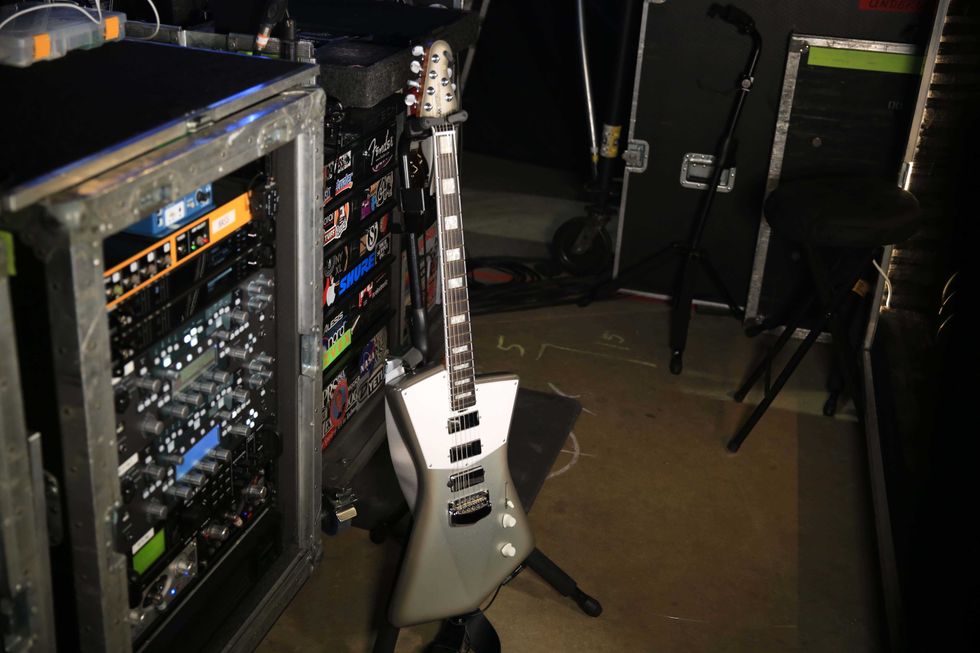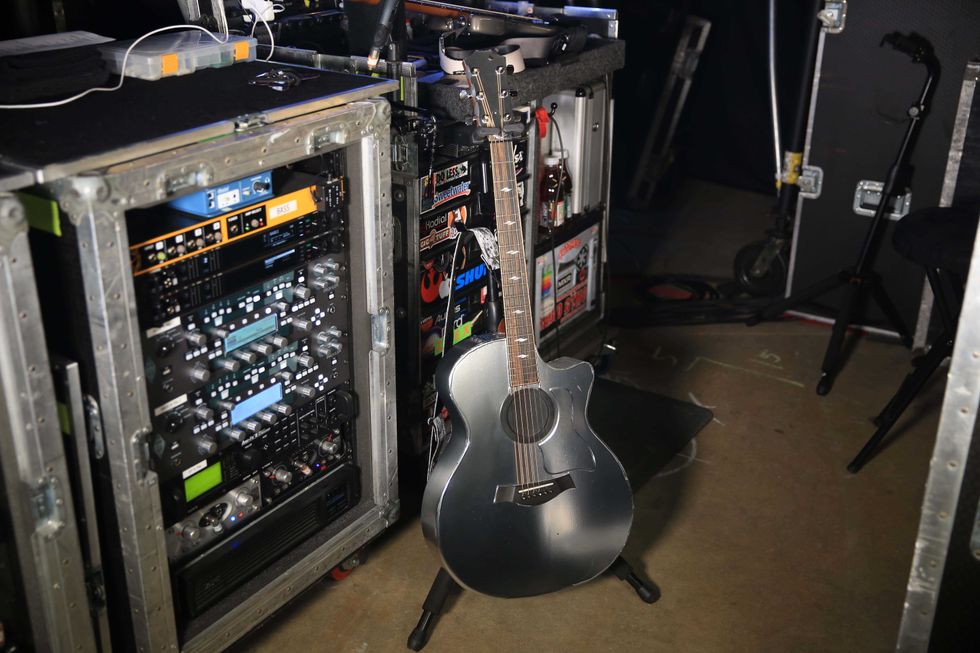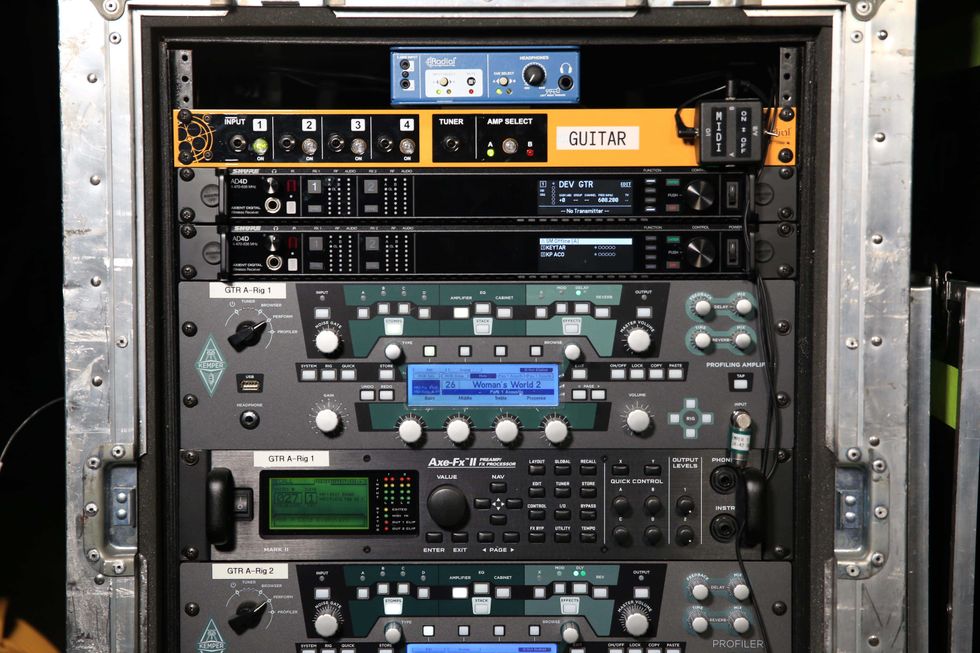The core of Kikagaku Moyo, a psychedelic quintet from Tokyo, Japan, is group improvisation. Collaborative synergy and interplay are embedded deep within the band’s collective subconscious, and their live shows—as well as their studio recordings—are often spontaneous acts of creation.
“It’s a lot of eye contact and a lot of concentration,” Tomo Katsurada, one of the band’s two guitarists, explains while discussing the group’s approach to “instant composition,” a term borrowed from one of their primary influences, Krautrock pioneers Can. Although, in his telling, the emphasis is on the concentration. “I smoke so much weed before the show—we all smoke so much weed and we go so high. But it’s crazy. We’ll have a long improvisation—maybe that’ll even be 25 minutes on one song—and I’ll use up all my THC from my brain and I’ll be completely sober. It’s crazy to realize how much concentration goes into instant composing on the stage. There’s a lot of control that we have by way of concentration while improvising.”
But that intense hyperfocus—the byproduct of relentless touring and rehearsing—took a forced hiatus once the pandemic brought the world to a halt. That pause was particularly difficult for Kikagaku Moyo. By the time Covid hit, two members of the band had relocated from the Tokyo area to Amsterdam; a third would soon follow. So, the recording of Kumoyo Island, the group’s latest and final release (more about that in a minute), was particularly hampered because of the lockdown. They couldn’t travel to jam, let alone get together in a studio, which meant that a lot of the album was done piecemeal—either via swapping files online or by one member taking the lead producing a particular track.
Kikagaku Moyo - Kumoyo Island (Full Album-2022)
That approach comes out in the record’s overall sound. For example, “Cardboard Pile,” which is still very much a trippy, psych-type groove, is cut up and self-sampled in a style that’s more reminiscent of DJ Shadow than anything normally associated with the psychedelic canon. “Gomugomu” takes a complete left turn and oozes a warbly, off-kilter country music vibe. There’s also the more atmospheric, ambient feel of songs like “Daydream Soda” and “Maison Silk Road.” Not that the album is lacking for Kikagaku Moyo signature bangers. “Field of Tiger Lilies” and the almost—should we call it “funk?”—“Dancing Blue” leave a lot of room to blossom when played in front of an audience, which may be the craziest thing about Kumoyo Island.
When the band finally reconvened to tour in support of the new album, the soundcheck—which took place three hours before their first performance—was the first time they played any of these new songs together.
Not that it mattered.
“It worked,” Katsurada says, unfazed. “We’ve been playing music together for so long that it’s really fast for us to create the groove or find the vibe of the song. And the rest of the parts we can improvise.”
“I love to stomp a red-color pedal when I engage the fuzz and overdrive. Visually it makes me feel like I am ready to fuzz out.”—Tomo Katsurada
“We always value that first energy, that primitive energy,” Daoud Popal, Kikagaku Moyo’s other guitarist, says about those early 2022 soundchecks. “Those first few times, we had no idea how the songs go. Of course, now we can play them better, but those early primitive versions of those songs were also great.”
In a sense, for the members of Kikagaku Moyo, recording a song in the studio isn’t so much about creating a completed, final product as much as it is about bringing it into the world. From that point forward, how it evolves is anyone’s guess.
“Songs get older and grow up,” Katsurada says. “They grow up together with how we grow up. After we record a song, we bring it on tour, and it grows as we tour. We still have so many ideas from inside the song, and that makes it not boring when playing shows every day. It’s always challenging, and it’s always growing.”
“A song [when it was recorded] may have been a version that was very true to ourselves a few years ago,” Popal adds. “But now, a few years later, it maybe sounds unnatural to us, like we don’t have that kind of feeling anymore. But when we add some jamming parts, that always updates the songs to our current feelings.”
Kikagaku Moyo’s twin guitar lineup is augmented with an electric sitar that’s played by Ryu Kurosawa (his brother, Go, is the band’s drummer). His background is in Indian classical music, and he’s had to adjust his thinking and approach to better define his role and place in the band. That was particularly important, because while the group wanted the colors and broad palette the instrument offered, they didn’t want it to become a gimmick.
Tomo Katsurada's Gear

Tomo Katsurada, like Daoud Popal, plays just one guitar: a Gibson Les Paul Junior Special with two P-90 pickups.
Photo by Sara Amroussi Gilissen
Guitars
Amp
- Fender Twin Reverb
Effects
- Boss PV-1 Rocker Volume
- Xotic XW-1 Wah
- Xotic Super Clean
- Electro-Harmonix Big Muff Pi V4 (Op Amp)
- Carlin Compressor
- Carlin Phaser
- Catalinbread Pareidolia
- ZVEX Octane 3
- Lovetone Big Cheese Clone by Thomas Graham
- Dawner Prince Boonar Multi-Head Drum Echo
- Danelectro Back Talk Reverse Delay (V1)
- Fairfield Circuitry Shallow Water
- Electro-Harmonix Holy Grail Nano
- TC Electronic PolyTune 3
Strings
- Unknown brand of strings that have been on his guitar since early 2022
Picks
- Dunlop Tortex .60 mm
“Once he customized his acoustic sitar to electric sitar, he had more opportunity to explore the electric sounds with the pedals,” Katsurada adds. “Me and Daoud are always experimenting with pedals, but sometimes guitar pedals don’t work with sitar. Some fuzz pedals don’t sound as good. It was trial and error until he found a good fuzz pedal for the sitar.”
When it comes to sculpting tones—and, judging from the array of awesome sounds they’ve concocted over the years, both guitarists are bonafide tone fiends—pedals are where the action is. They don’t vary their guitars. Katsurada plays a Gibson Les Paul Junior, and Popal plays a Vox Mirage II, and that’s basically it. Their arsenal of amps is similarly one-dimensional: They have six Fender Twin Reverbs in Amsterdam that everyone uses (except bass), and another three in the U.S.
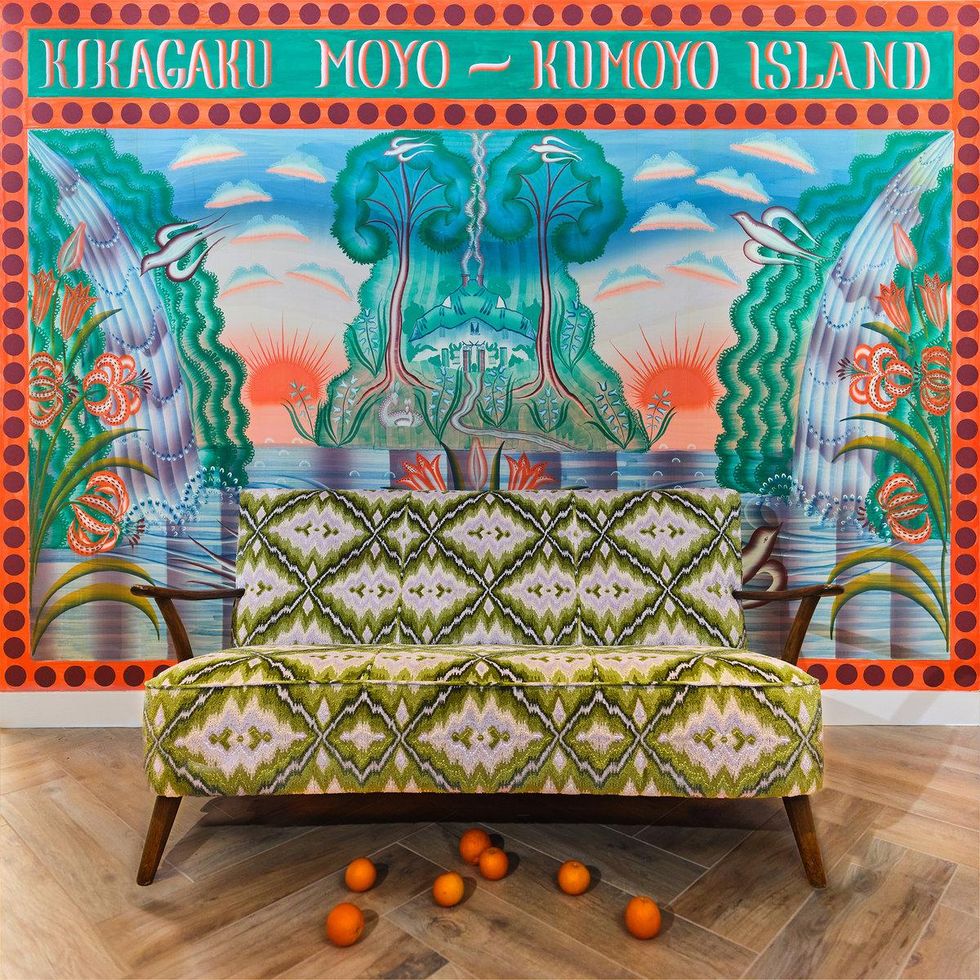
The band’s final album was also the first they recorded via file sharing and distanced production, due to Covid.
Katsurada relies on an assortment of vintage tape echoes, like a 1970s-era Japanese-made Kastam and an aged Binson Echorec, although these days he won’t take either of those on the road. “I am too scared to carry that,” he says. Nowadays, he uses a digital copy of the Binson. “It’s not the same, but that’s more for myself. It’s a micro-difference for the audience, but it is different. The right echo unit makes me feel so much better when I play.” He also uses a variety of fuzz boxes, like a Big Muff and a Carlin Compressor overdrive, and he’s particular about the color, too, which helps with the live show, both in terms of practicality as well as the vibe. “I love to stomp a red color pedal when I engage the fuzz and overdrive,” he says. “Visually it makes me feel like I am ready to fuzz out.”
Popal isn’t as picky. “I use a Fuzz War by Death by Audio, but to be honest, I am not a gear geek. Many times, I use pedals and have no idea what they are. Tomo gives me something and says, ‘You should use this.’ I say, ‘Okay,’ and I use it. For example, the Foxx Tone Machine is a pedal I got it from Tomo.”
“We’ll have a long improvisation—maybe that’ll even be 25 minutes on one song—and I’ll use up all my THC from my brain and I’ll be completely sober.”—Tomo Katsurada
He does, however, have a penchant for expression pedals. “I love to play with my feet, like wah—I like that a lot. Usually, the guitar is played with two hands only, and the wah is a very unique addition. With a foot pedal, it’s like playing guitar with three hands. I use other expression pedals connected to two of my pedals. One is delay—a Roland Space Echo—and I change the delay time with my expression pedal. That same pedal—it has two outputs—is also connected to the tremolo, so, again, I can change the tremolo’s BPM with my foot.”
But great tones and incredible chemistry aside, after a decade together—and five full-length albums in the can, plus many other releases—Kikagaku Moyo has called it quits. They spent most of 2022 on the road, and their final show was in Tokyo on December 3.
Daoud Popal's Gear
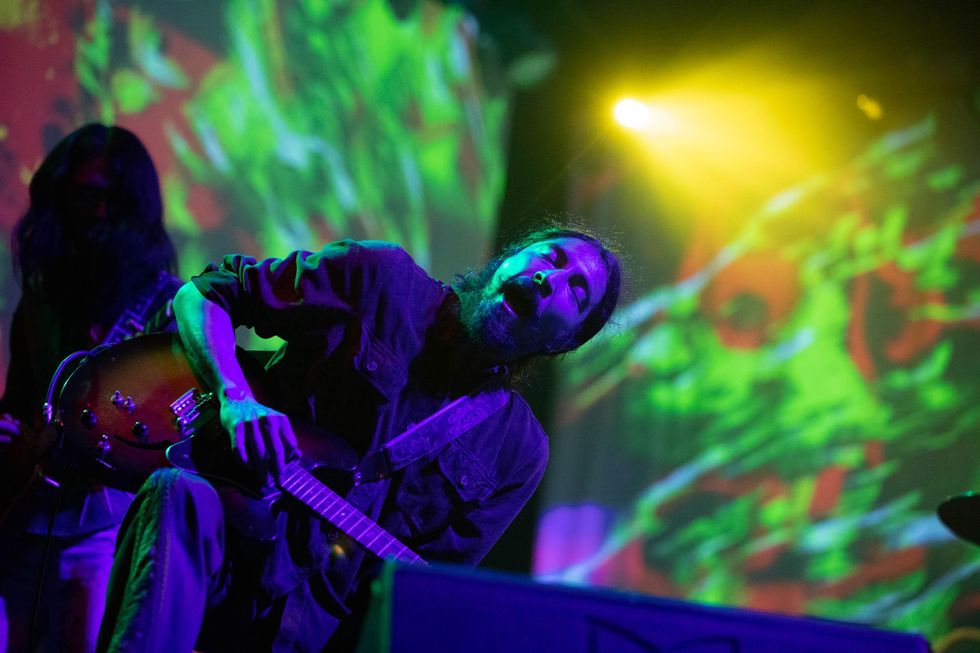
Daoud Popal is transported by his band’s “instant composition” at the 2022 Desert Daze festival, held in Riverside County, California, in late September.
Photo by Debi Del Grande
Guitar
- Vox Mirage II
Amps
- Fender Twin Reverb
Effects
- TC Electronic PolyTune 3
- Xotic EP Booster
- Electro-Harmonix Holy Grail Nano
- Catalinbread Belle Epoch
- JAM Pedals Big Chill
- Boss AC-2 Acoustic Simulator
- Boss RE-20 Space Echo
- Electro-Harmonix Stereo Clone Theory Analog Chorus/Vibrato
- J. Rockett Archer Ikon Boost/Overdrive
- ZVEX Instant Lo-Fi Junky
- Dunlop MC404 CAE Wah
- Death by Audio Fuzz War
- Foxx Tone Machine
- Two Boss Expression Pedals
Strings
- Ernie Ball (.010 sets)
Picks
- Dunlop Tortex .60 mm
“We decided at the end of 2021, after we came back from a West Coast tour, that this tour is going to be the last one,” Katsurada says. “It is better for us to finish up this project and to archive our project together. That’s the healthiest way for us to keep a good relationship, and friendship. I am going to keep playing music. I have a radio program that I am doing with my partner, and I have many music projects that I am interested in doing. Maybe I’ll make my solo music and just keep making music, but not as a band. Now, I am interested in working with people I’ve never worked with, and I want to explore my creativity in music. It is really good to collaborate with other people I have never worked with. I feel I can find myself more.”
“The last two years, since Covid, two of us—and now three—were already separated and living in Amsterdam,” Popal adds. “Naturally, under Covid we couldn’t do much touring, and so I started my own projects in Japan. I believe I will continue with those.”
To drive the point home, and as a special gesture for the final tour, Katsurada was attempting to play every show throughout 2022 on the same set of strings. “I still haven’t broken any yet,” he says, somewhat amazed. “We’ve never missed a show in 10 years, never canceled; so we don’t want to cancel any shows and I don’t want to break any strings. That’s the goal.”幾何学模様 (Kikagaku Moyo) - Green Suger @ SHIBUYA全感覚祭
Kikagaku Moyo play “Green Sugar” for the Japanese channel Space Shower TV at Tokyo’s Shibuya Public Hall. Note how the tune evolves and shifts gears rhythmically and sonically as the performance unreels.


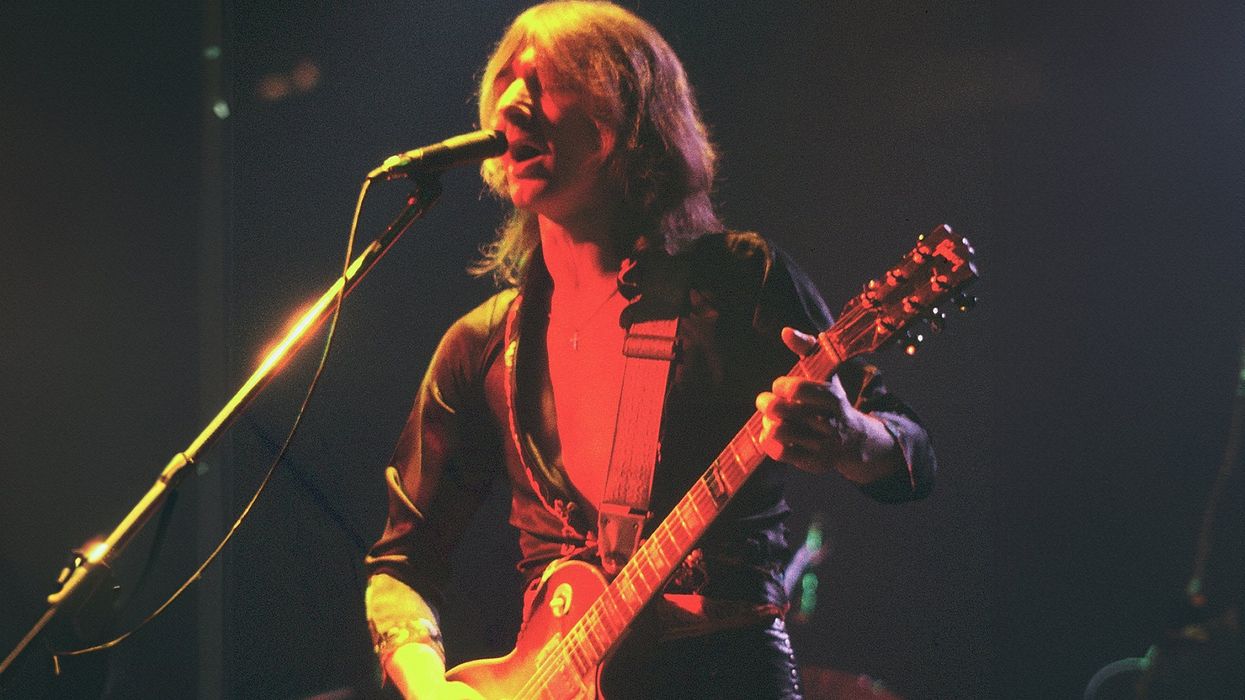
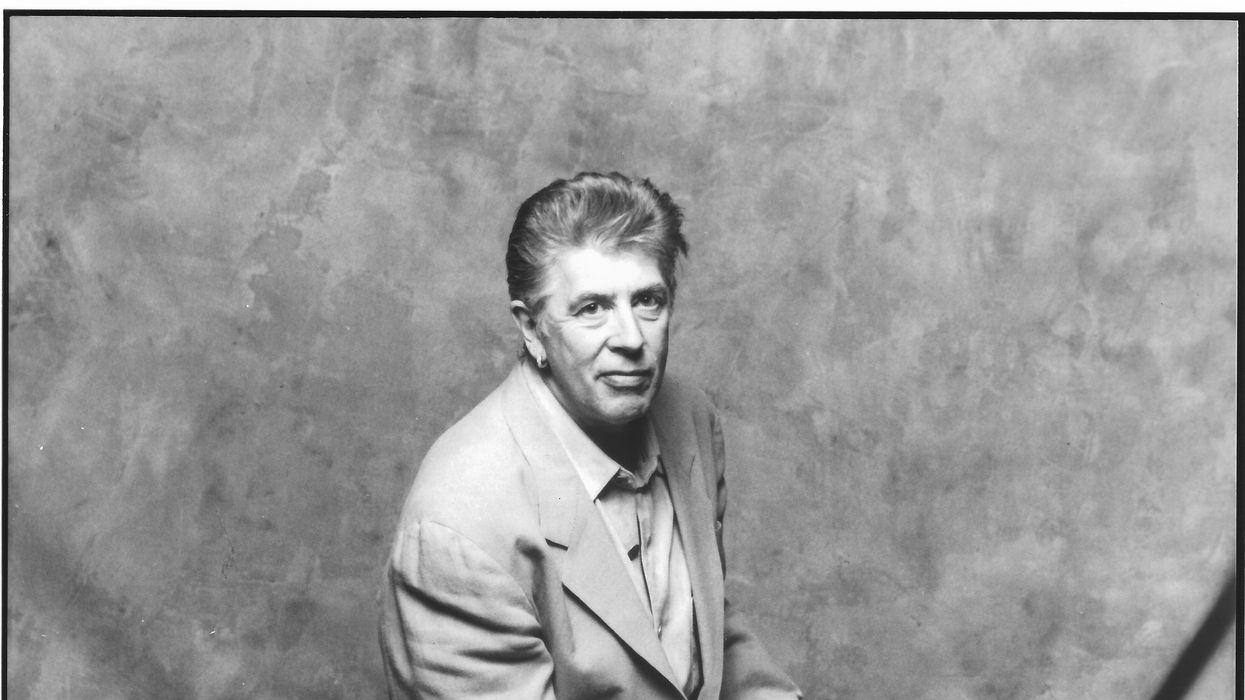
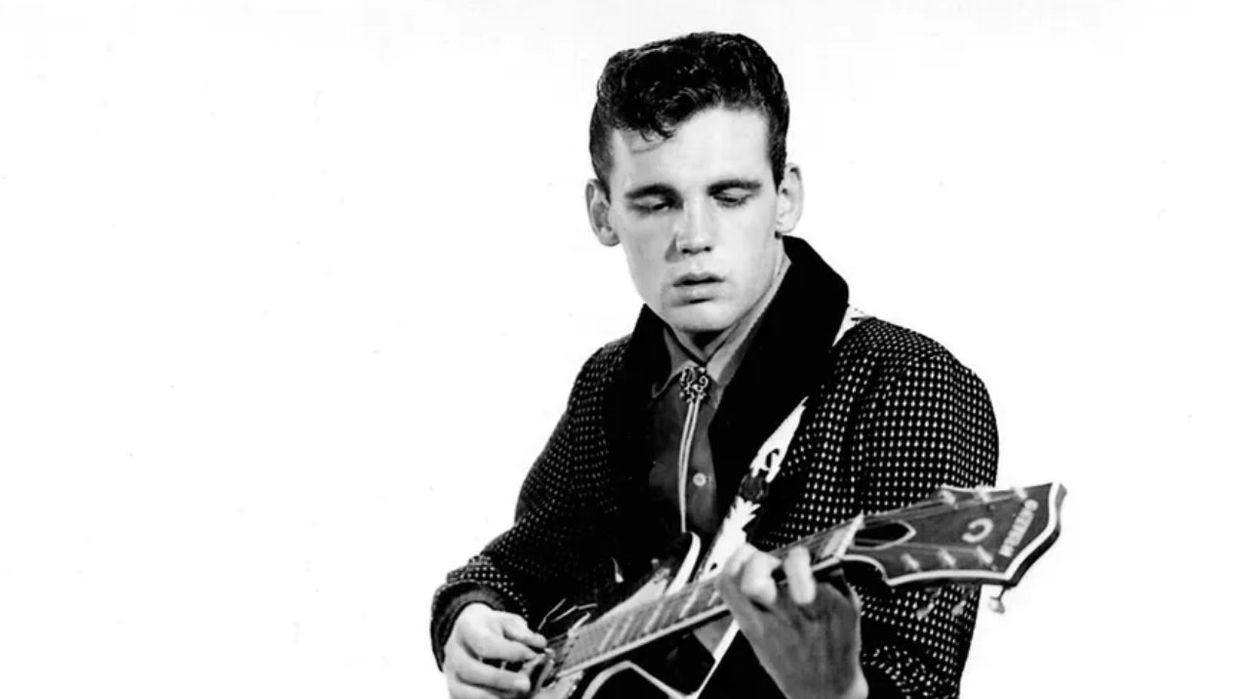
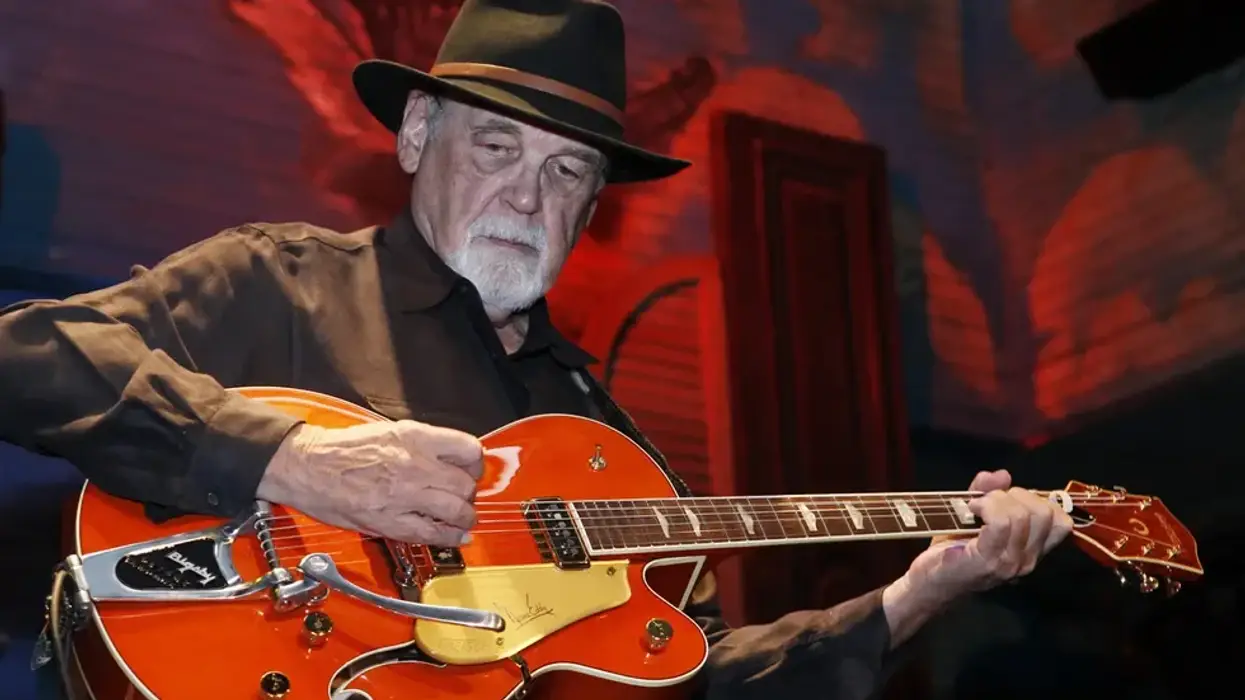
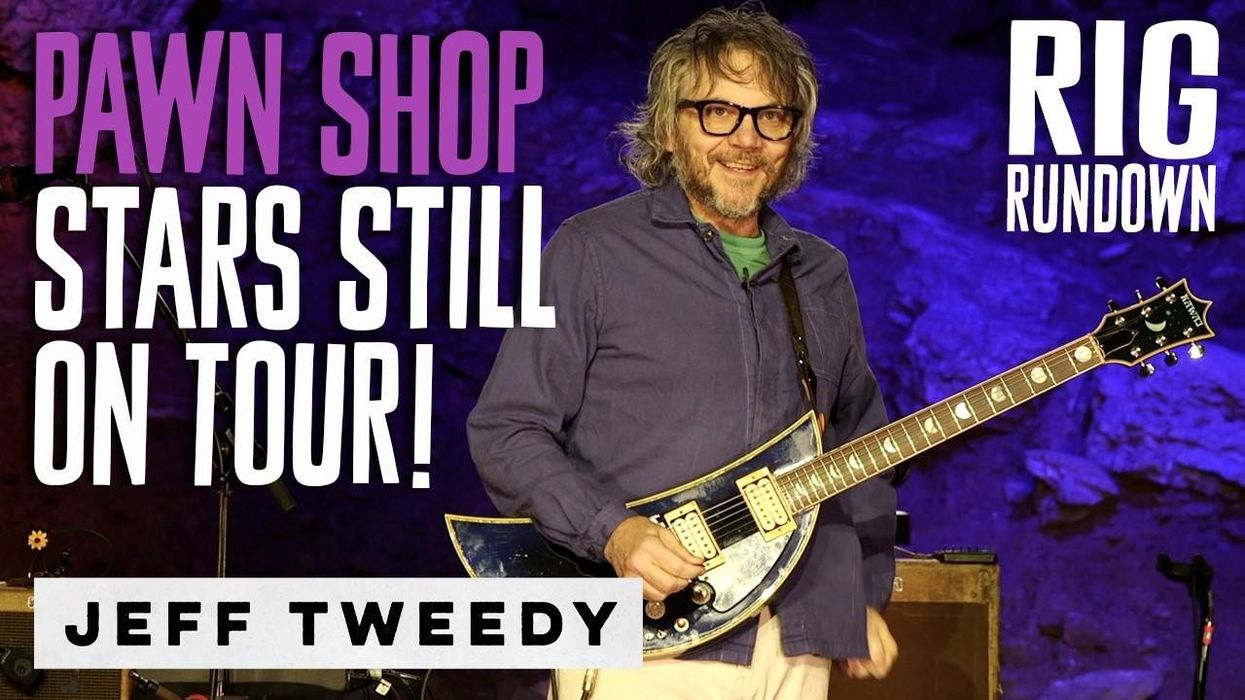
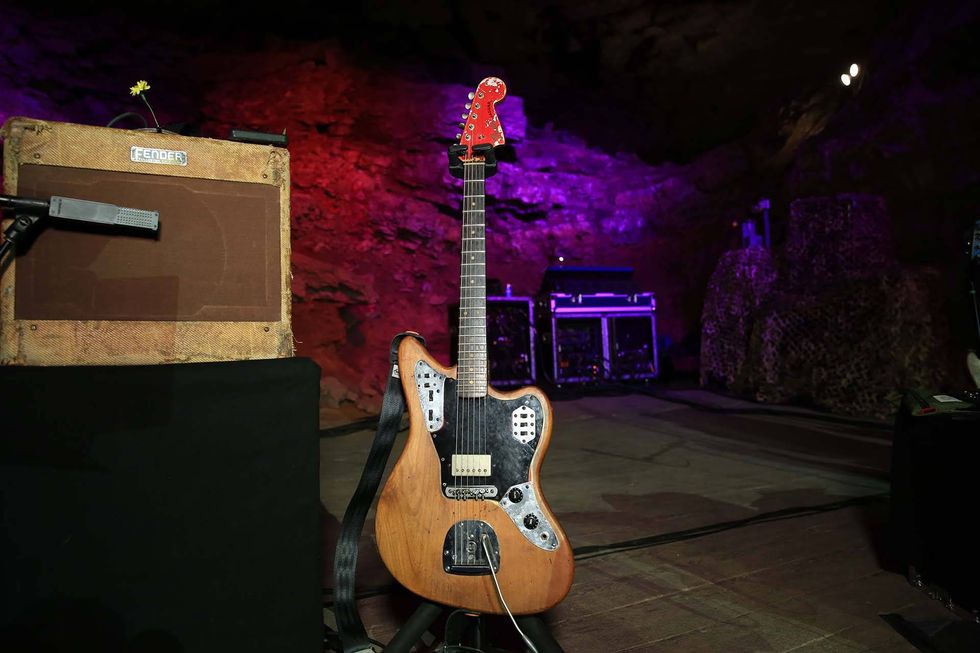
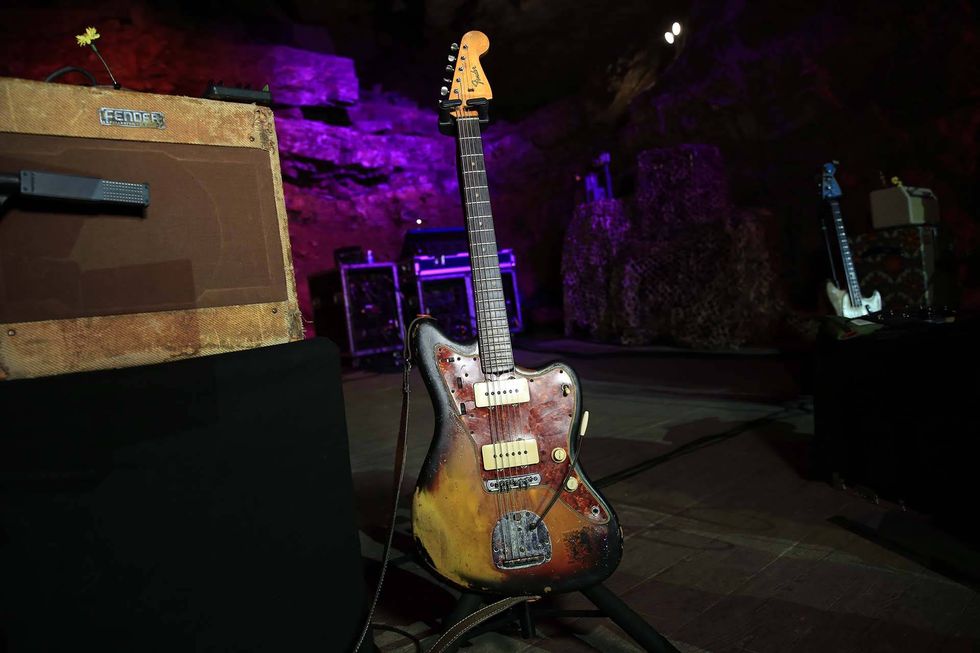
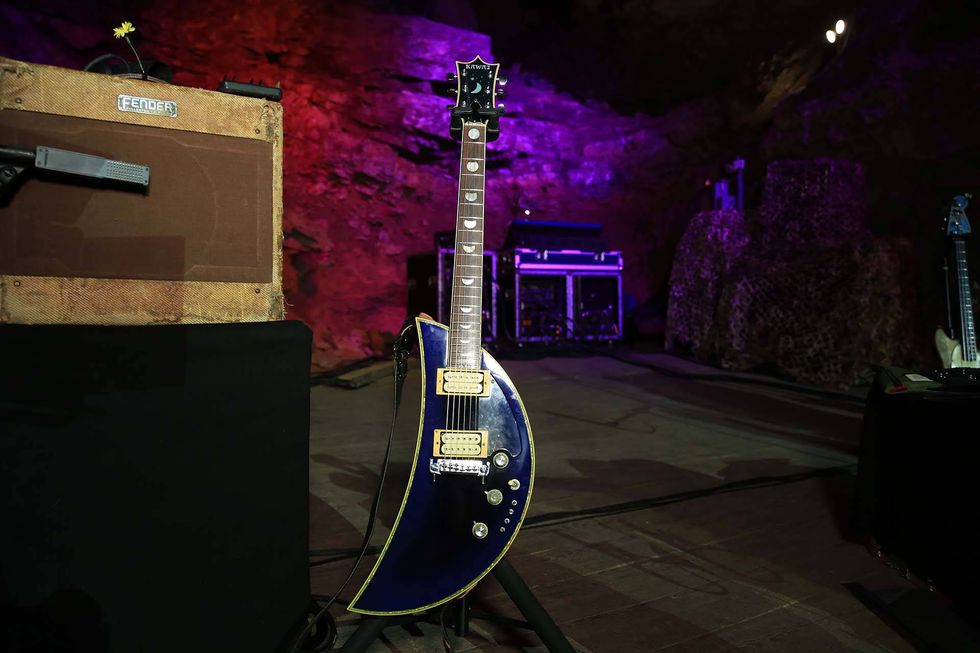
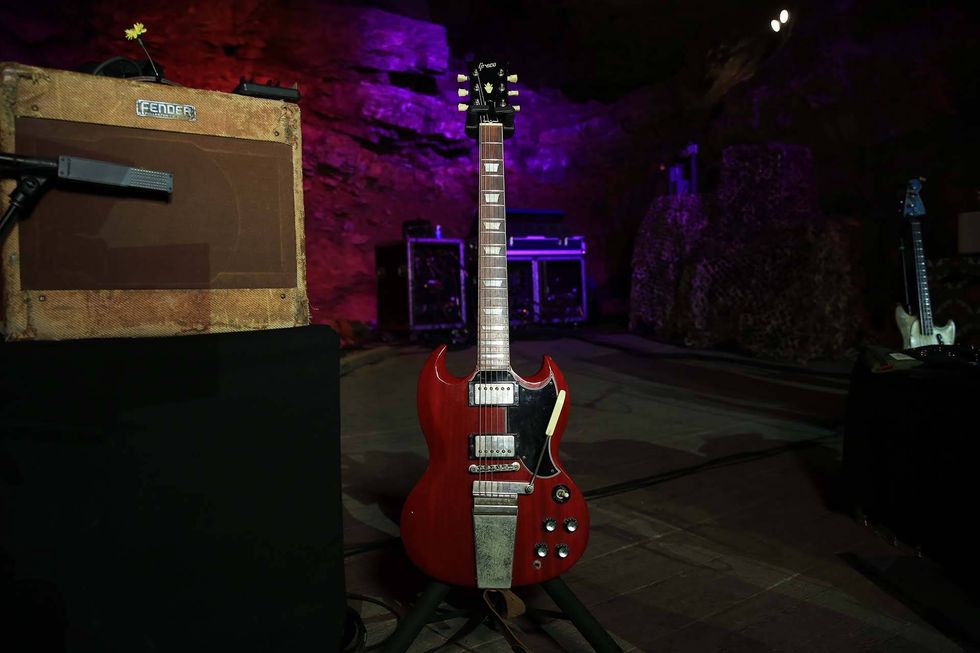
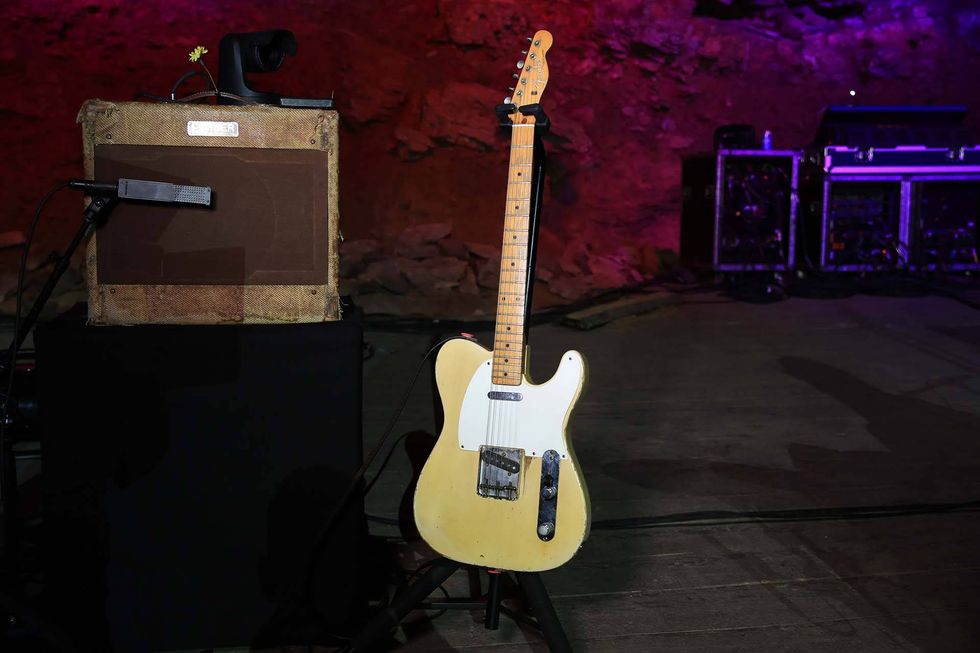
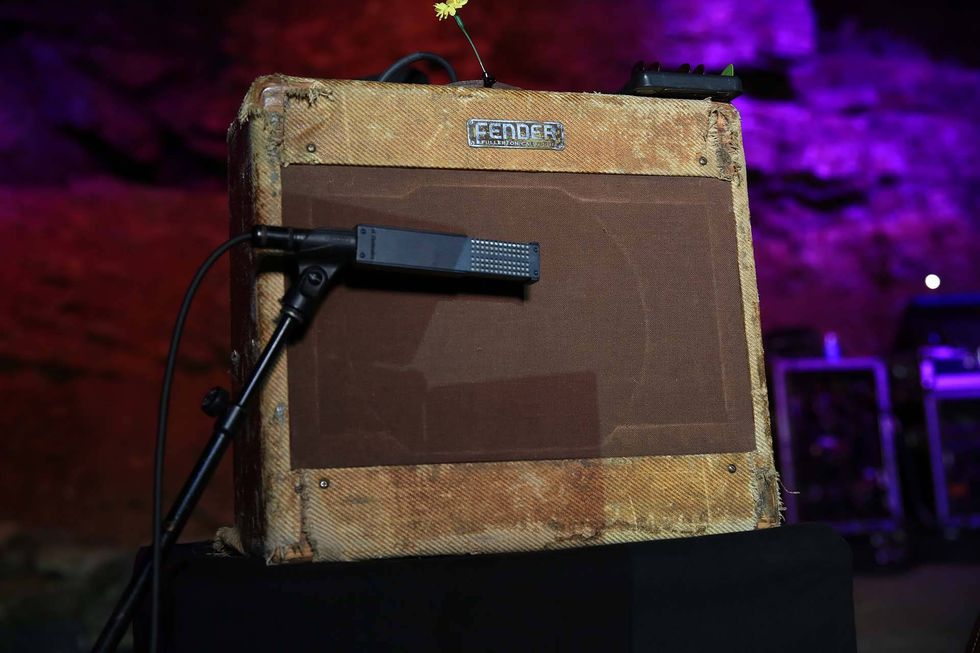
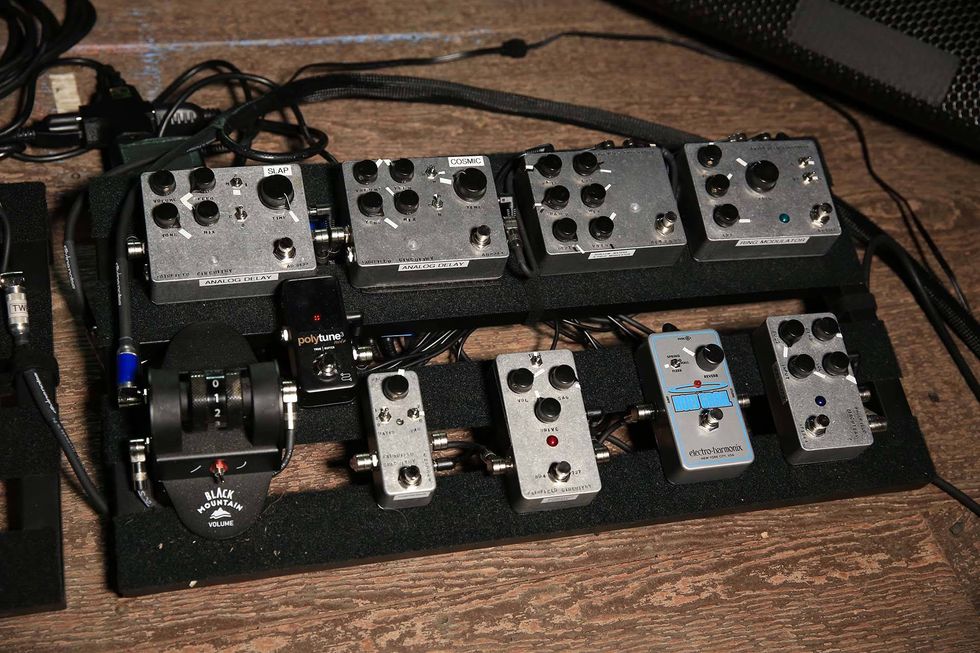
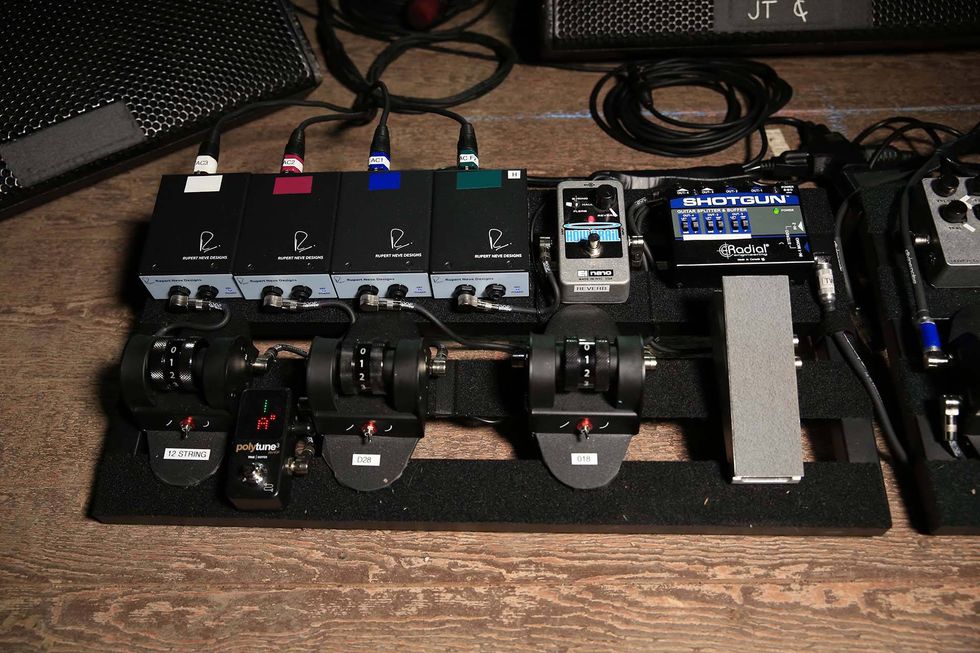

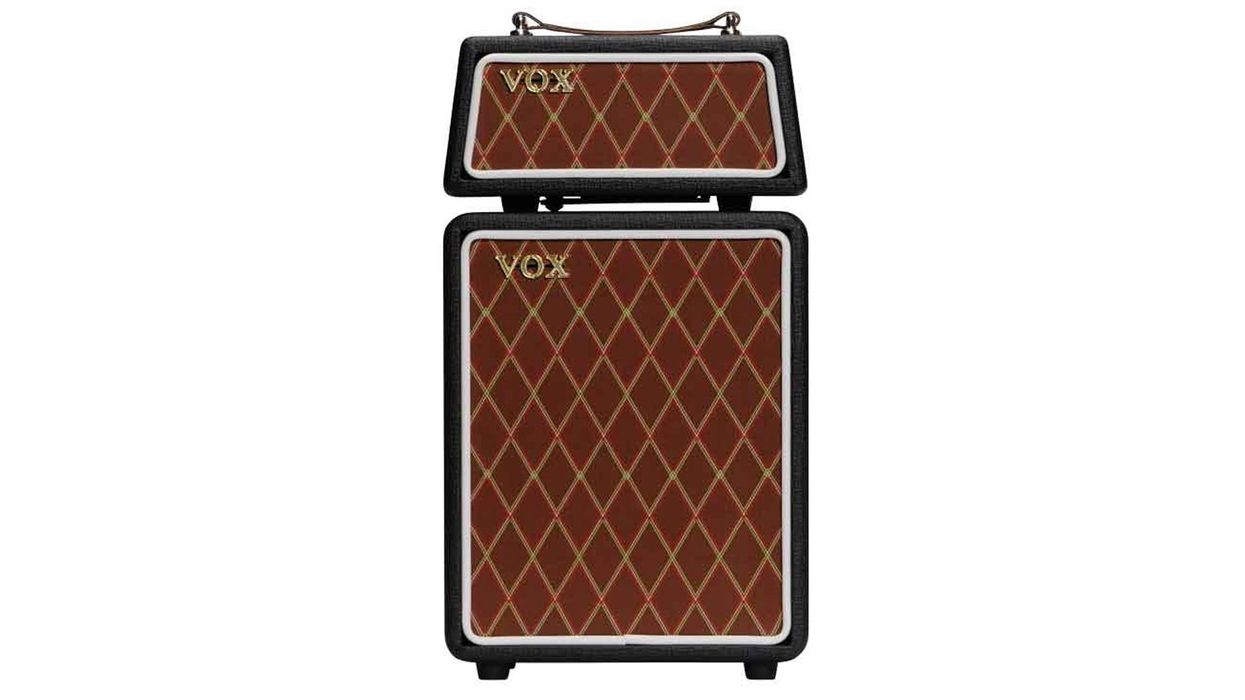
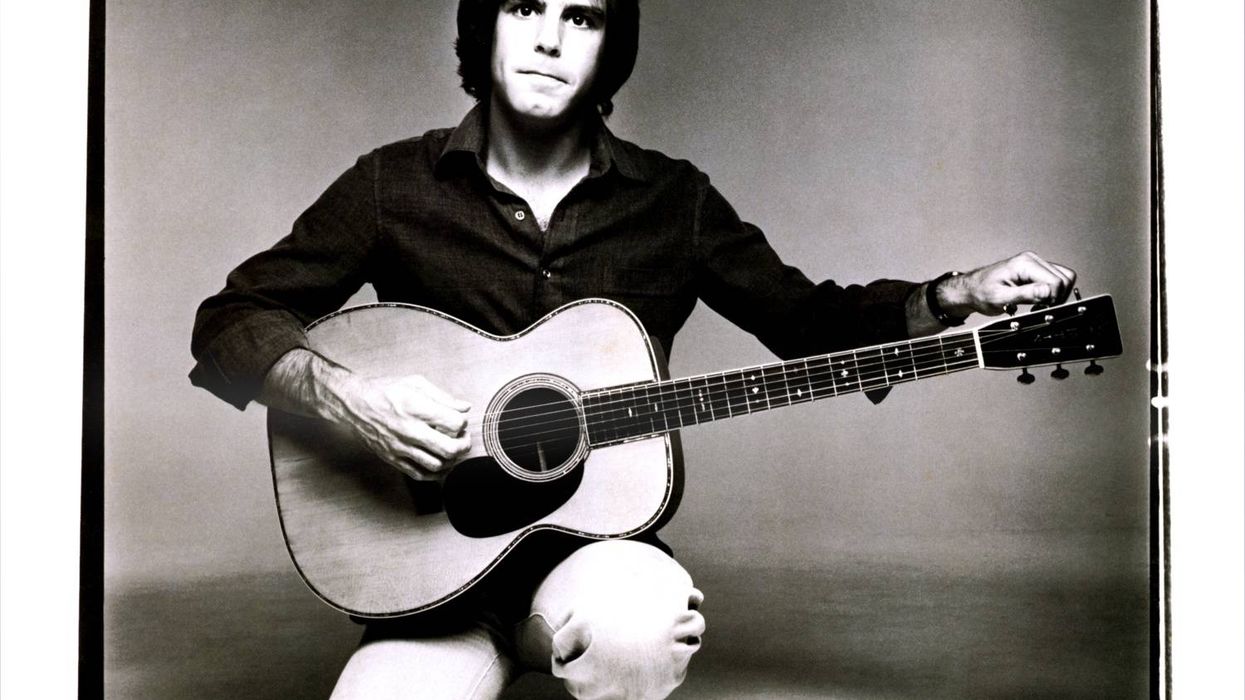
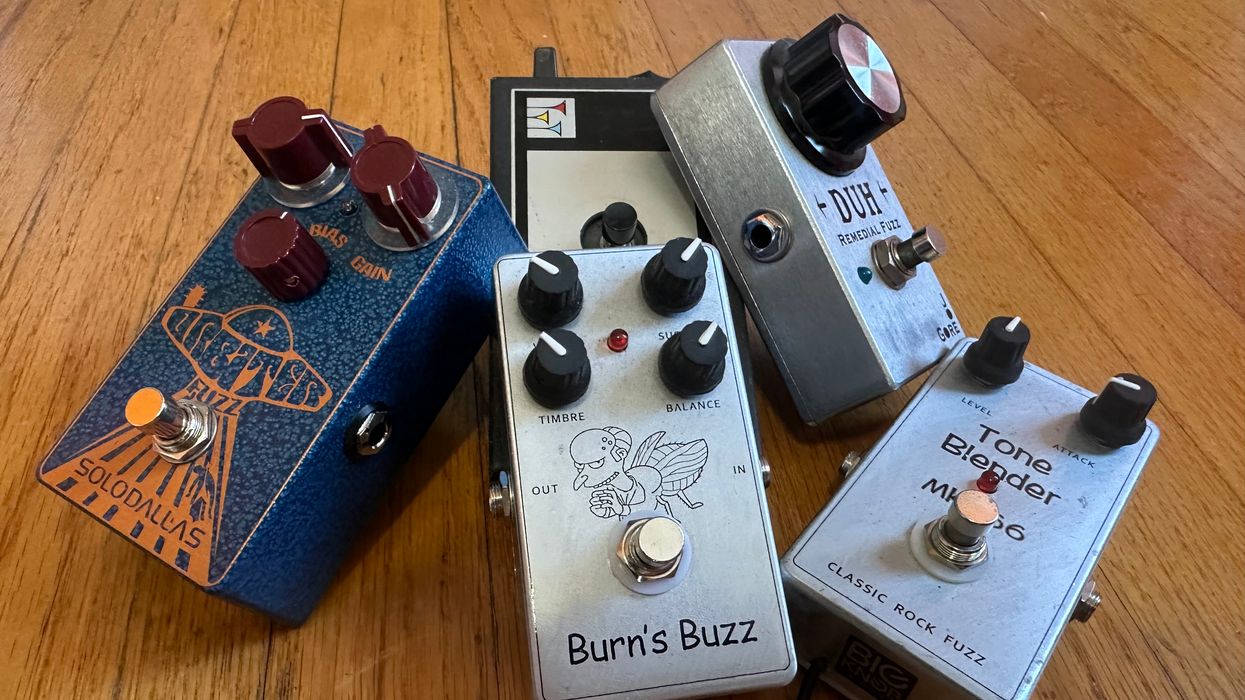
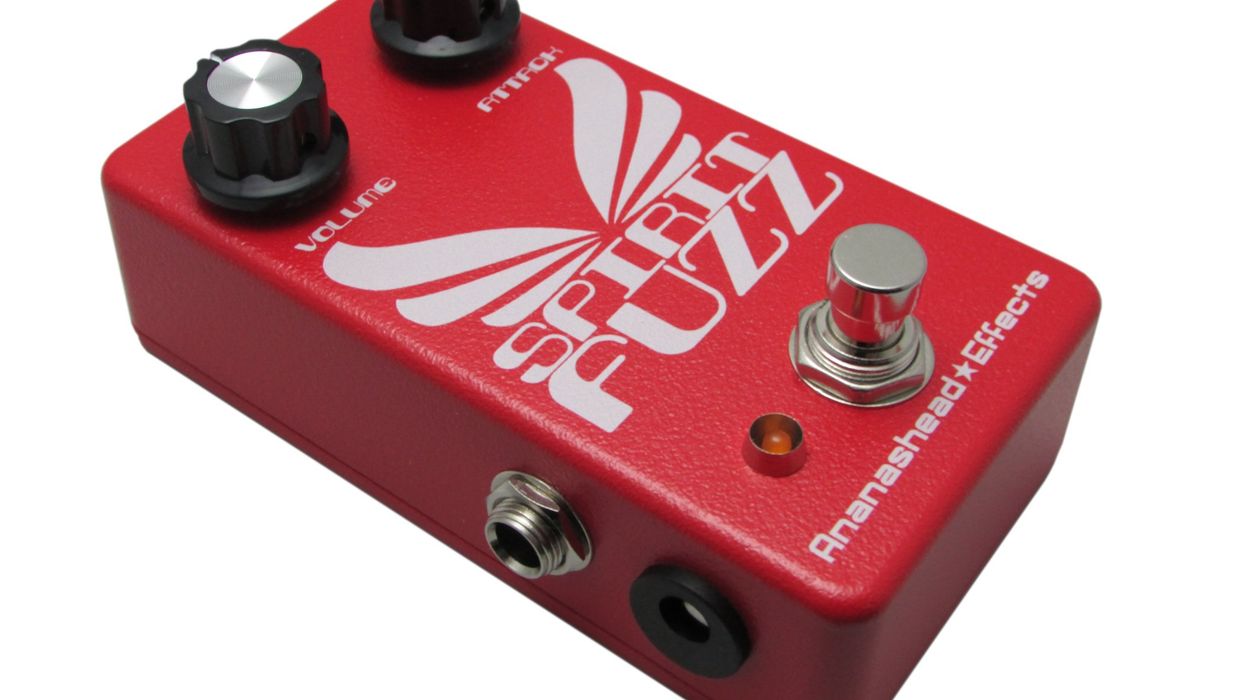
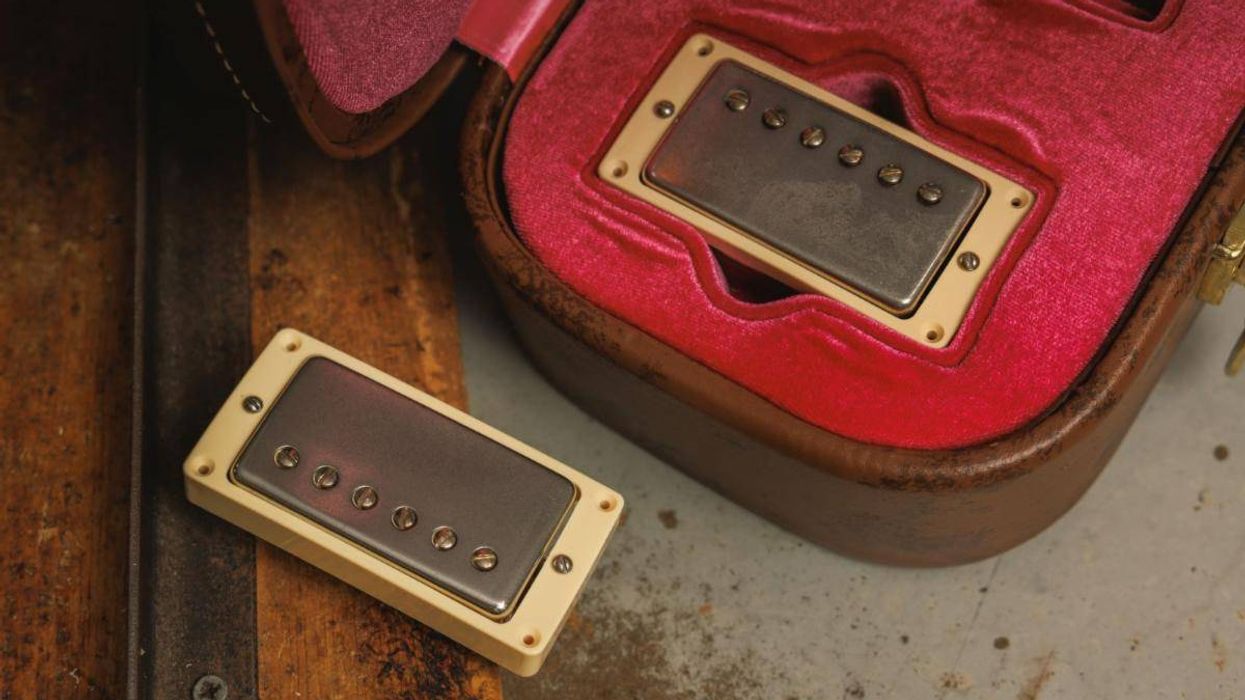

![Rig Rundown: AFI [2025]](https://www.premierguitar.com/media-library/youtube.jpg?id=62064741&width=1245&height=700&quality=70&coordinates=0%2C0%2C0%2C0)
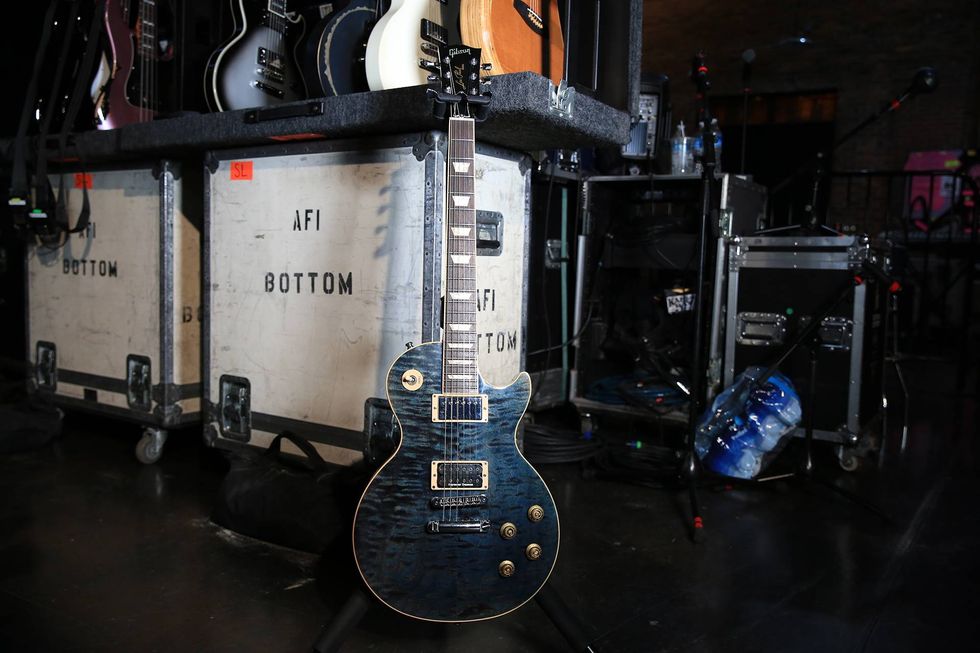
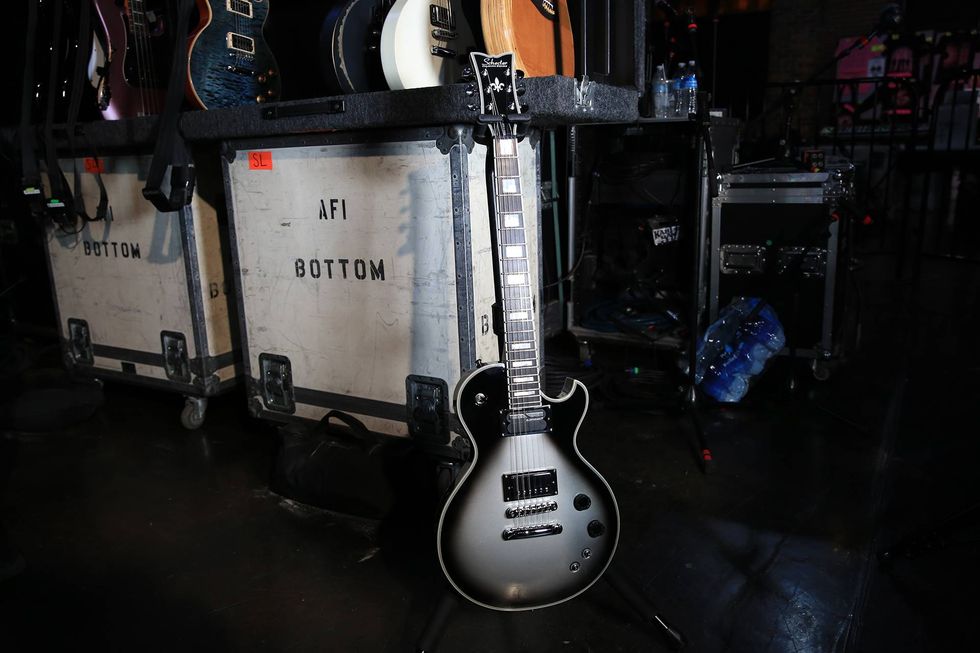
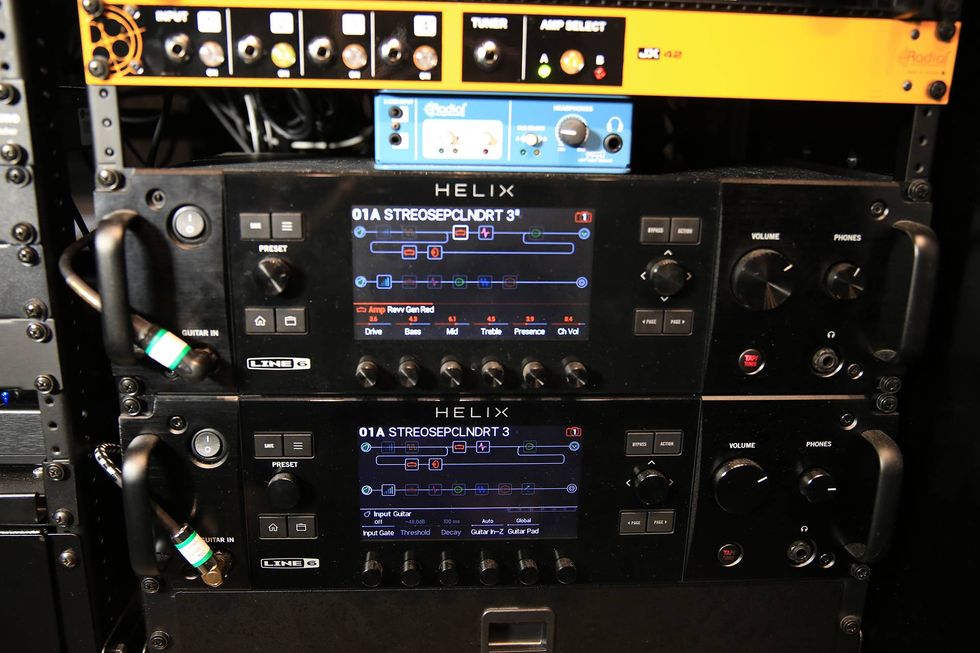
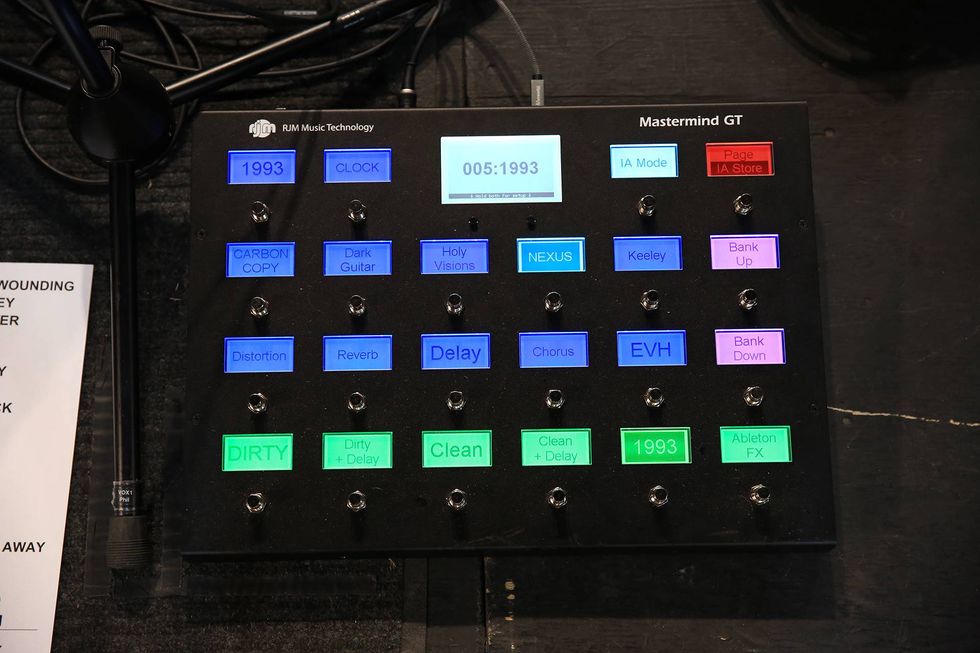
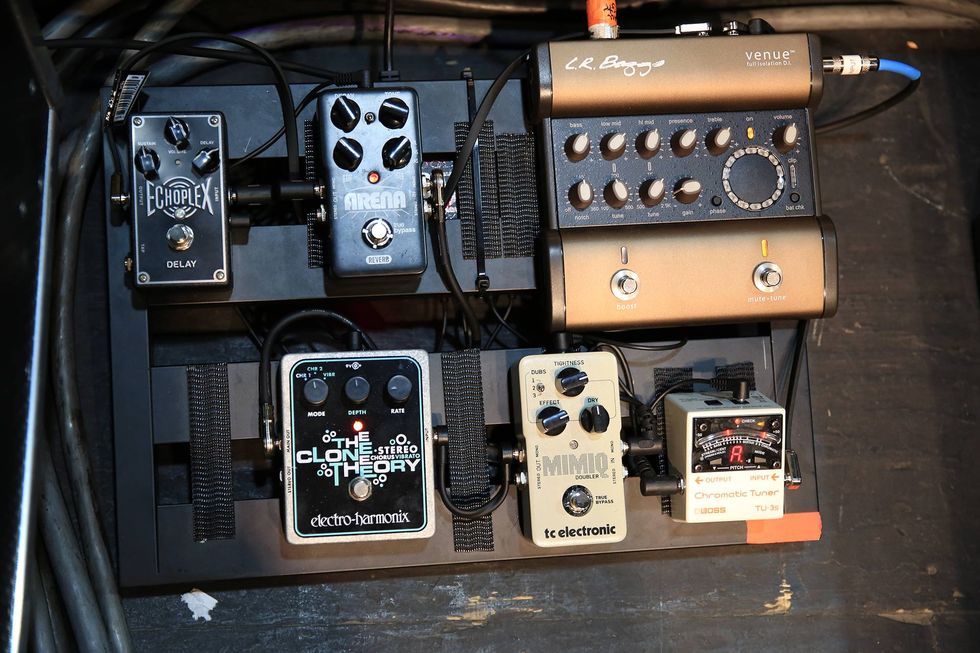
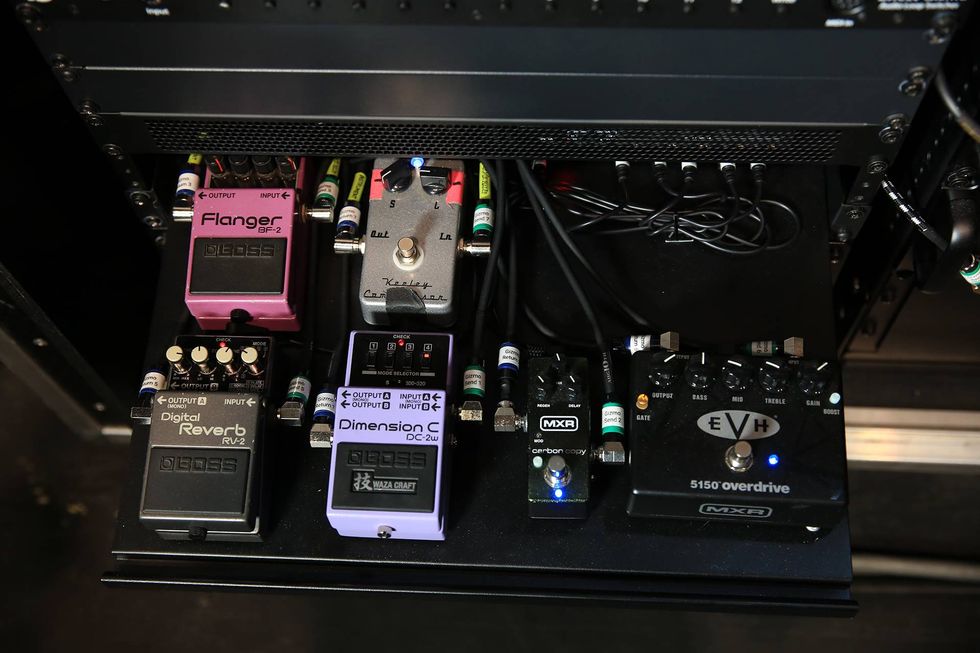
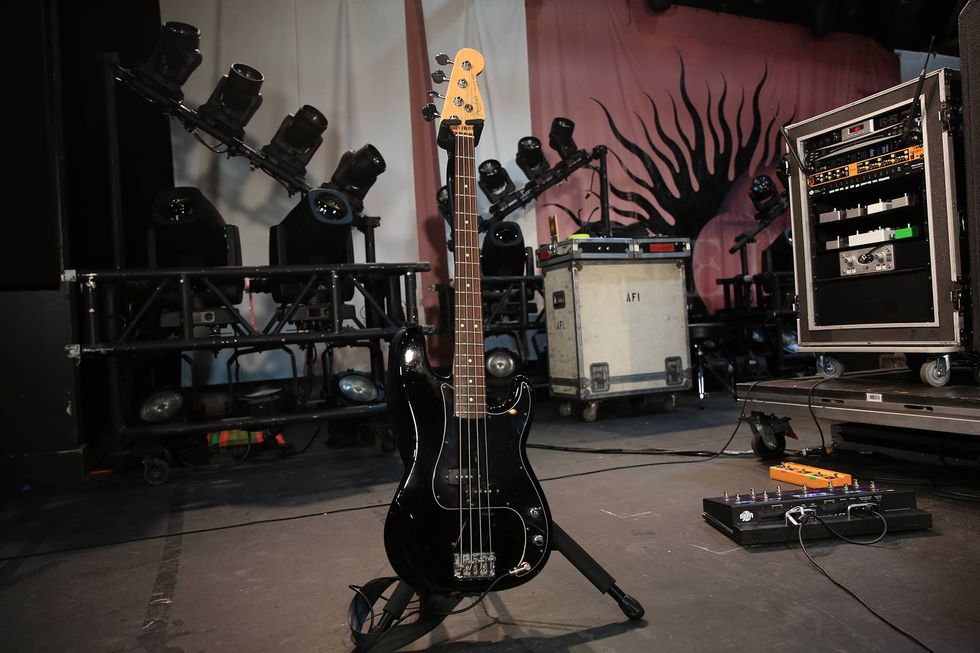
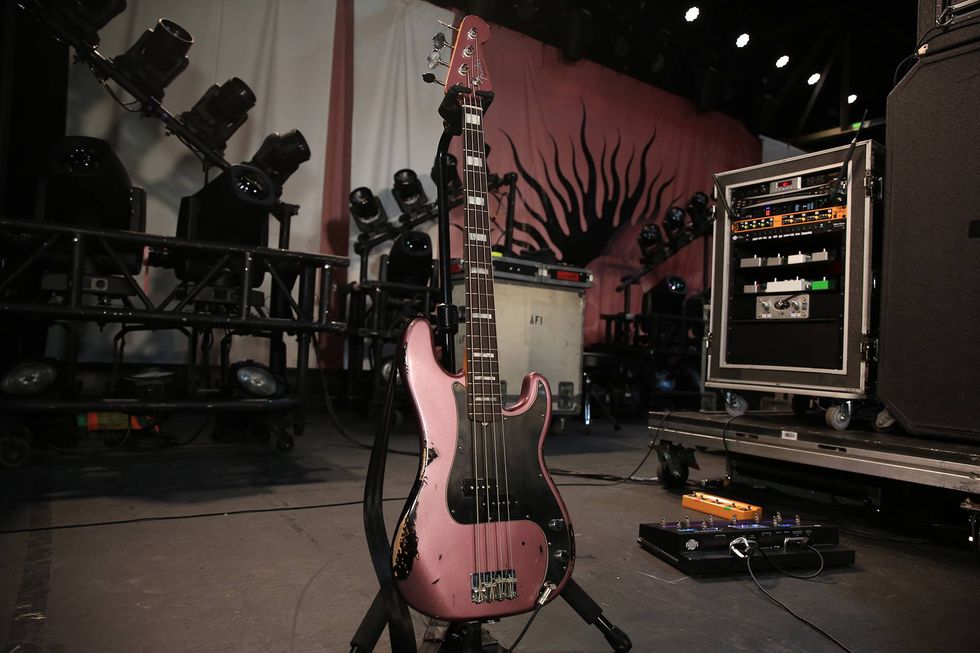
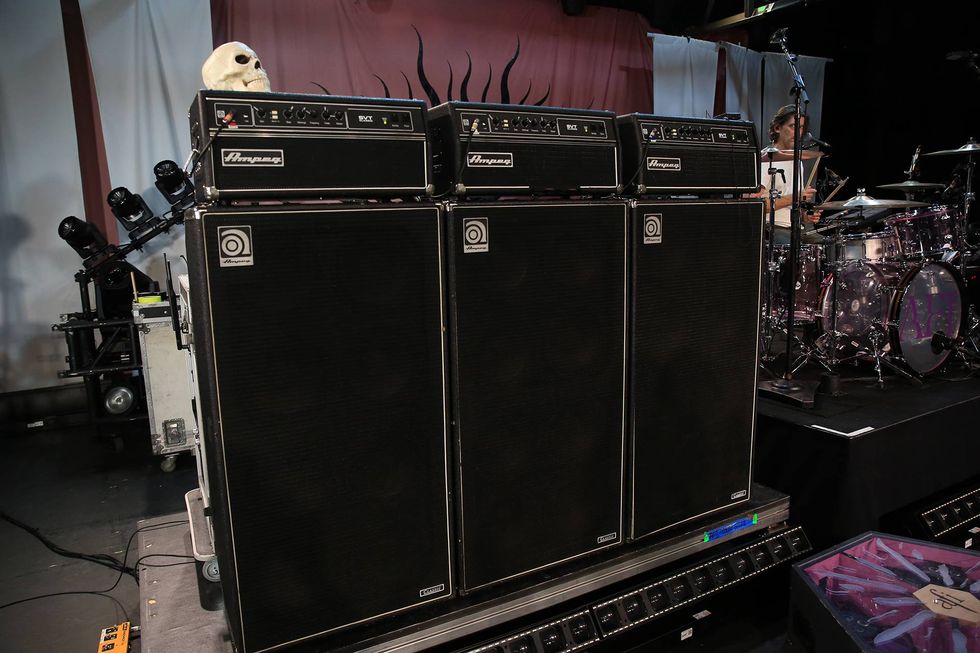
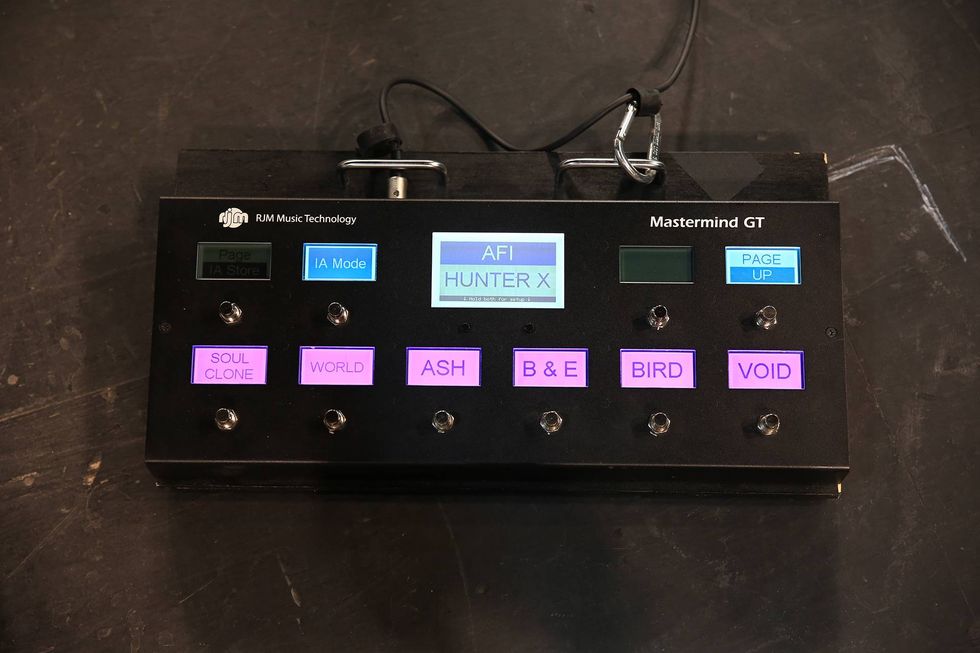
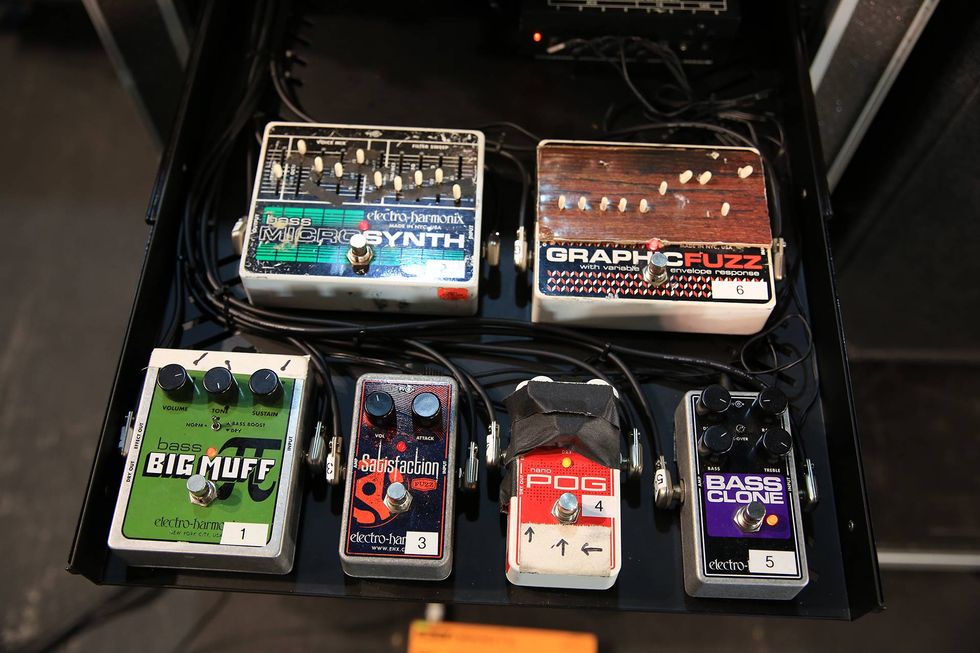
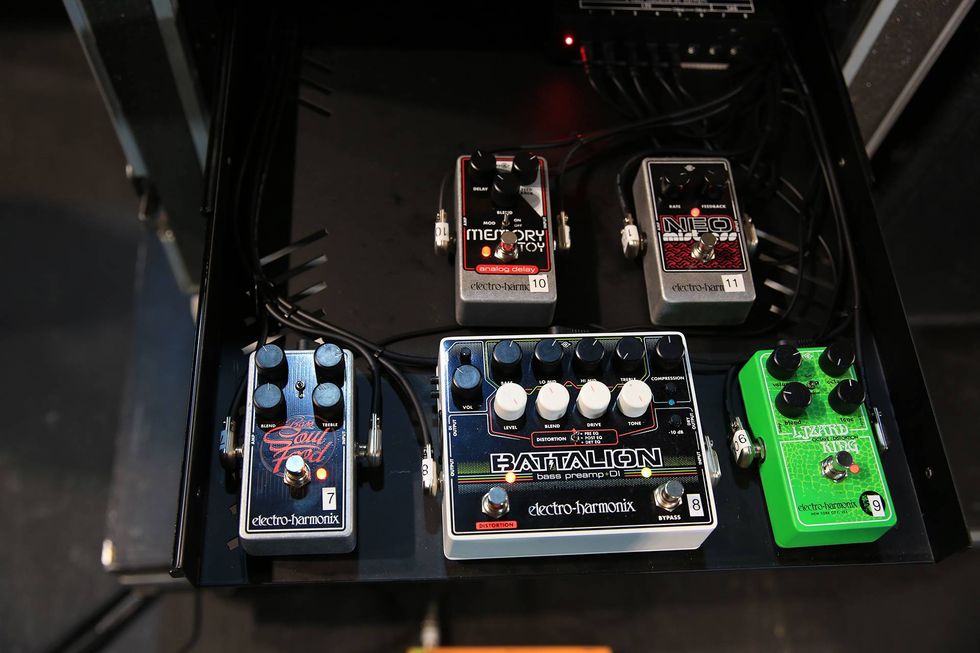
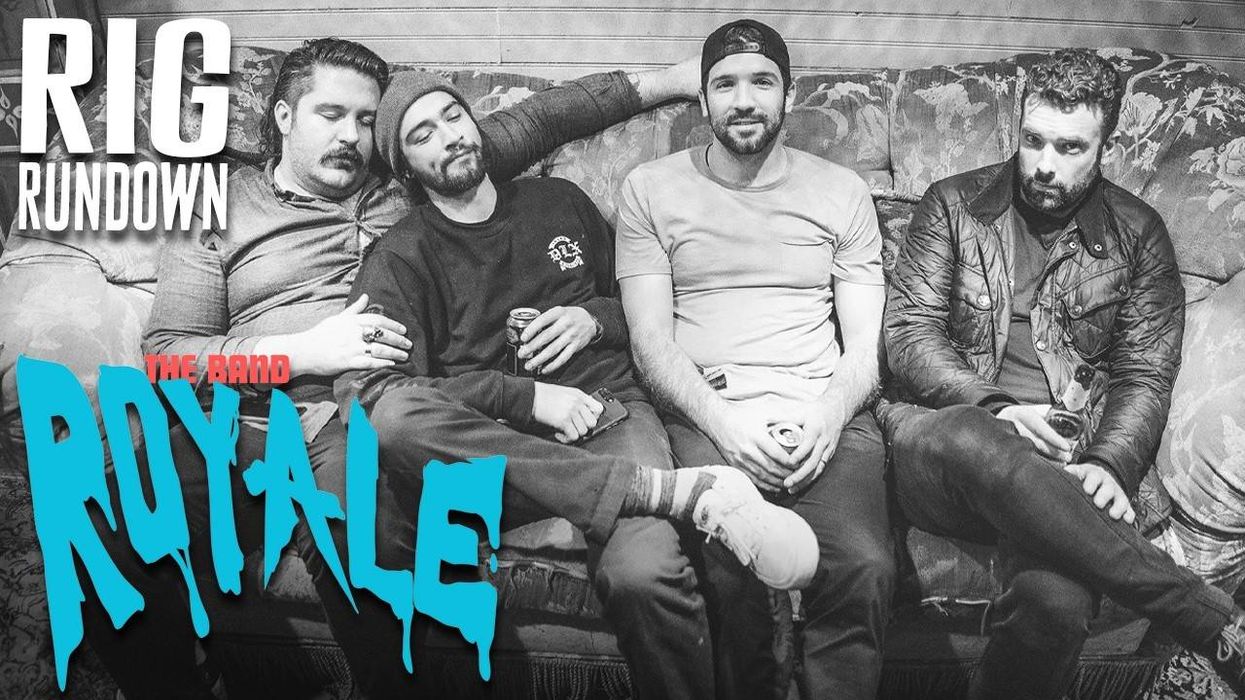

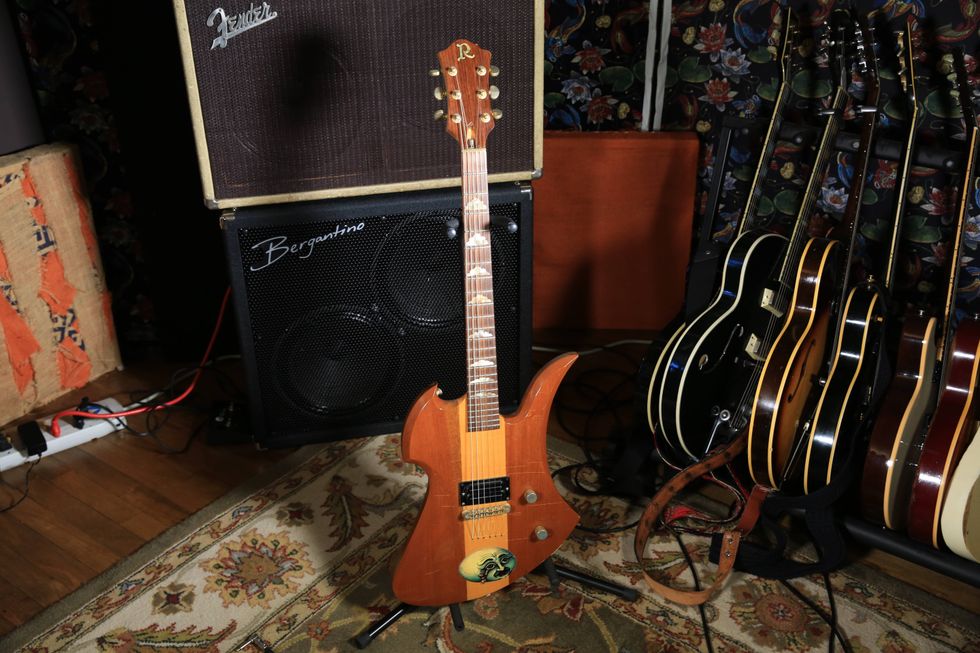
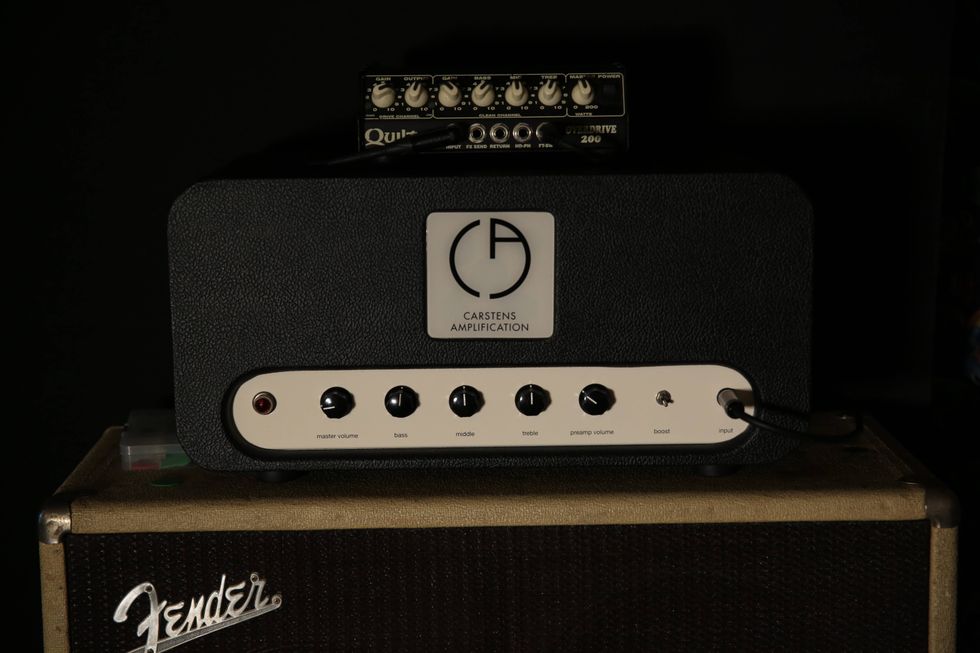
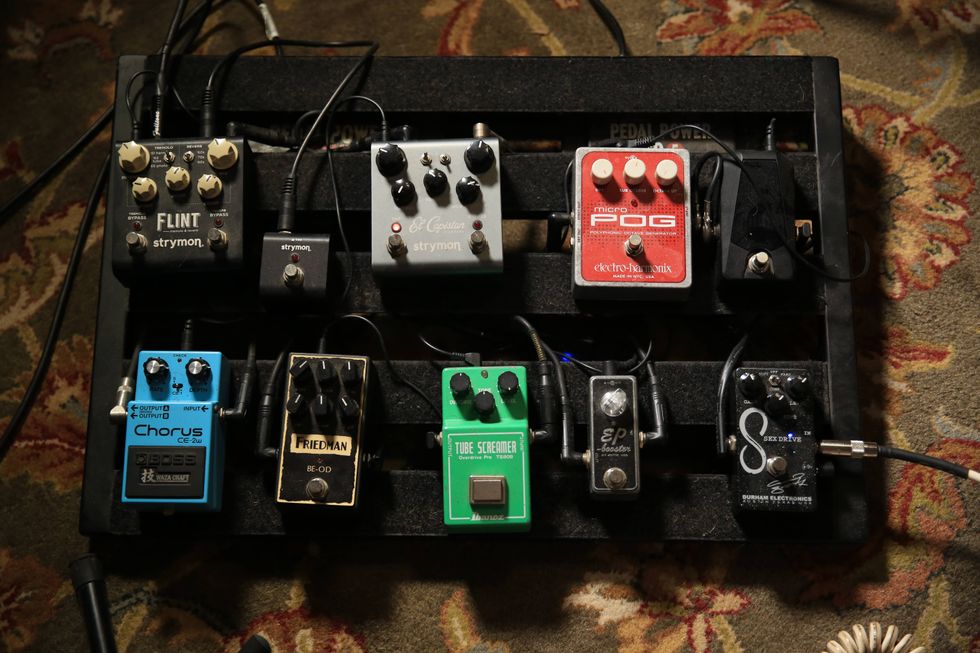
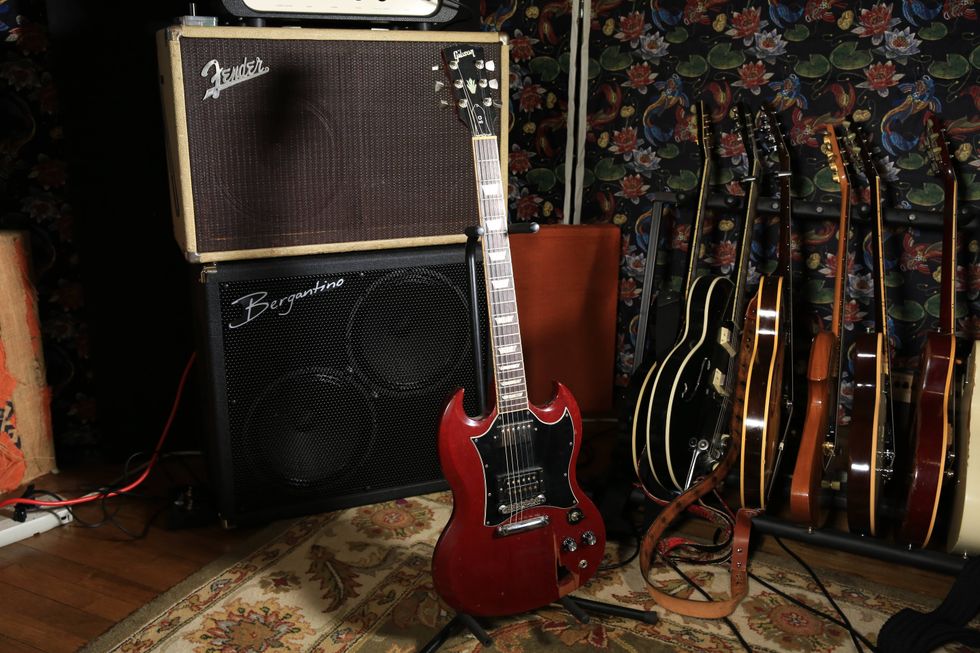
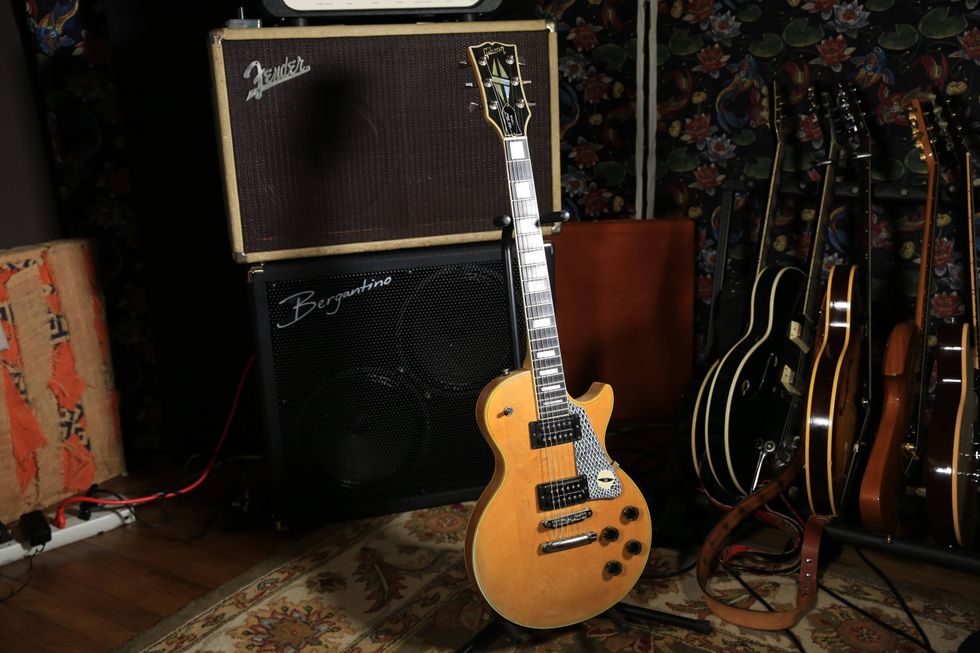
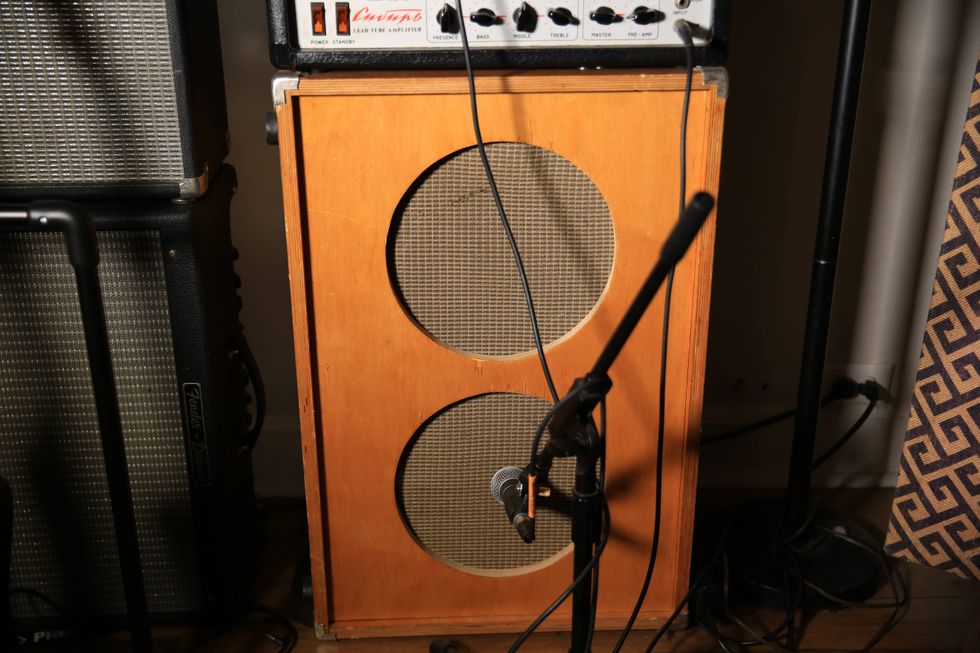
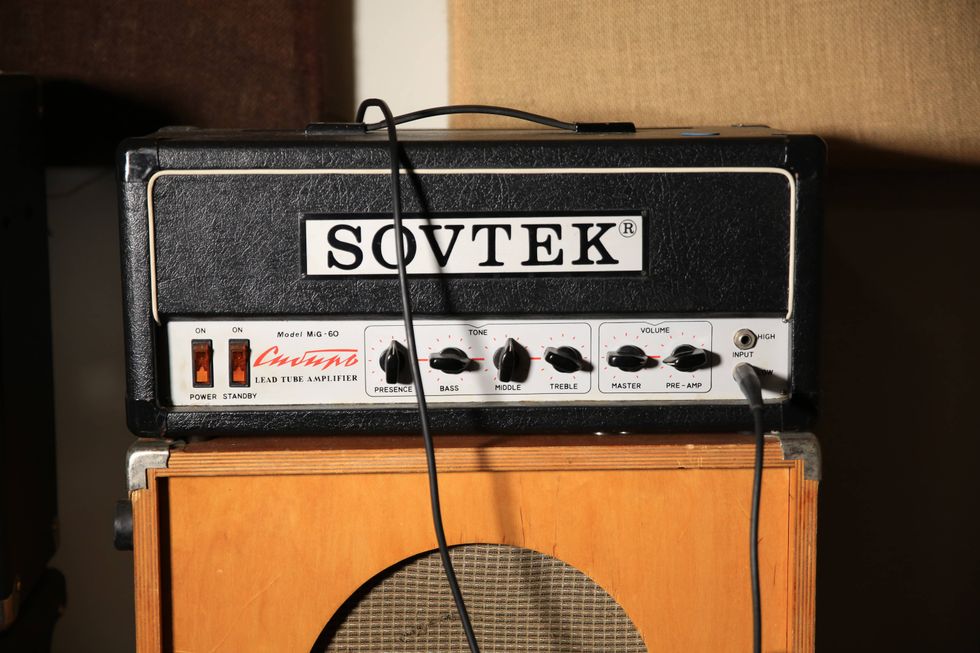 Zach loves his Sovtek Mig 60 head, which he plays through a cab he built himself at a pipe-organ shop in Denver. Every glue joint is lined with thin leather for maximum air tightness, and it’s stocked with Celestion G12M Greenback speakers.
Zach loves his Sovtek Mig 60 head, which he plays through a cab he built himself at a pipe-organ shop in Denver. Every glue joint is lined with thin leather for maximum air tightness, and it’s stocked with Celestion G12M Greenback speakers.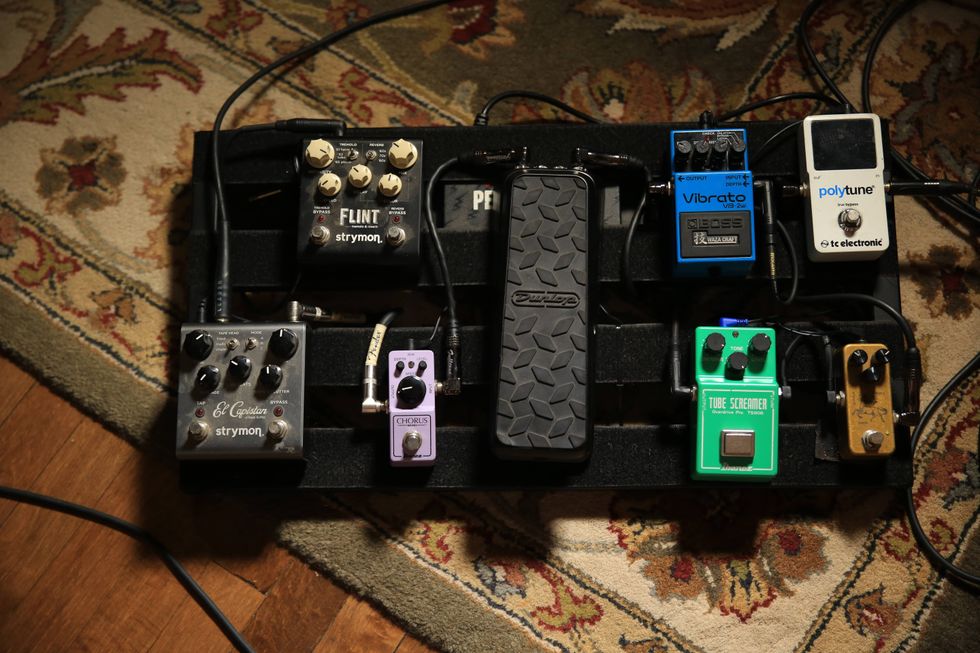
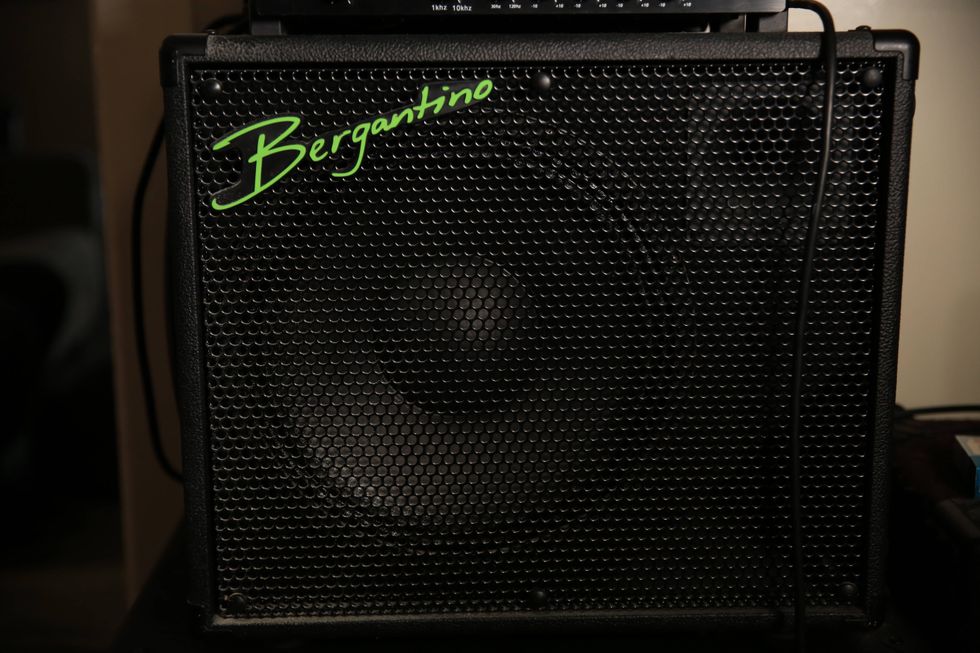

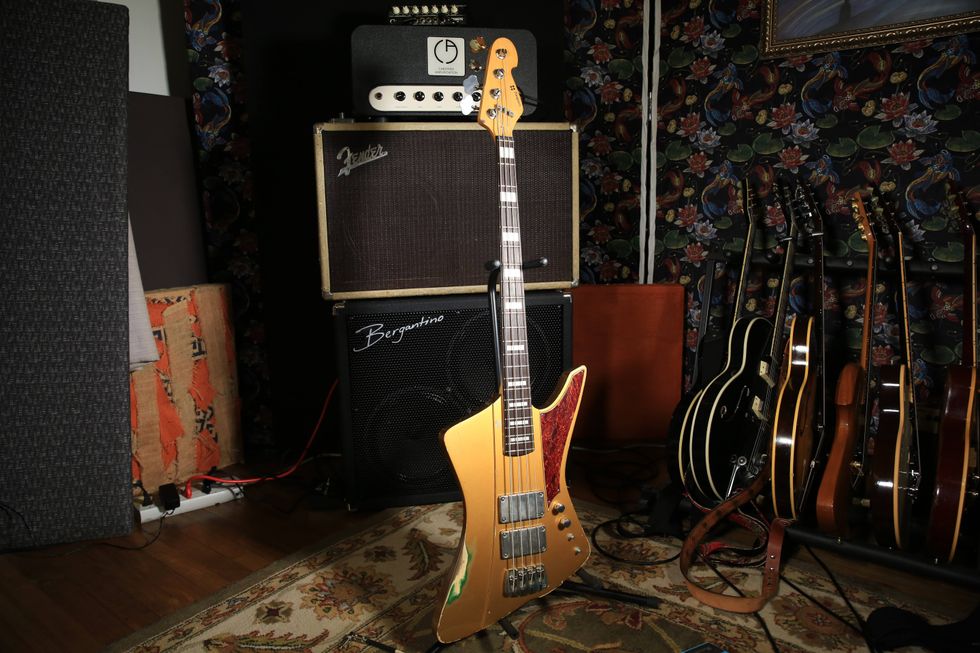
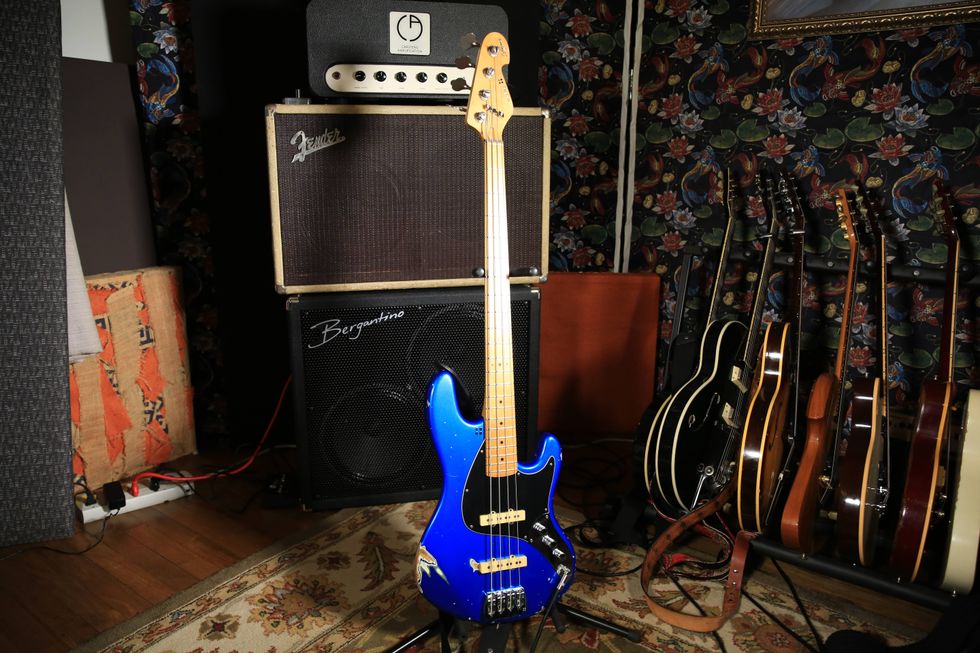
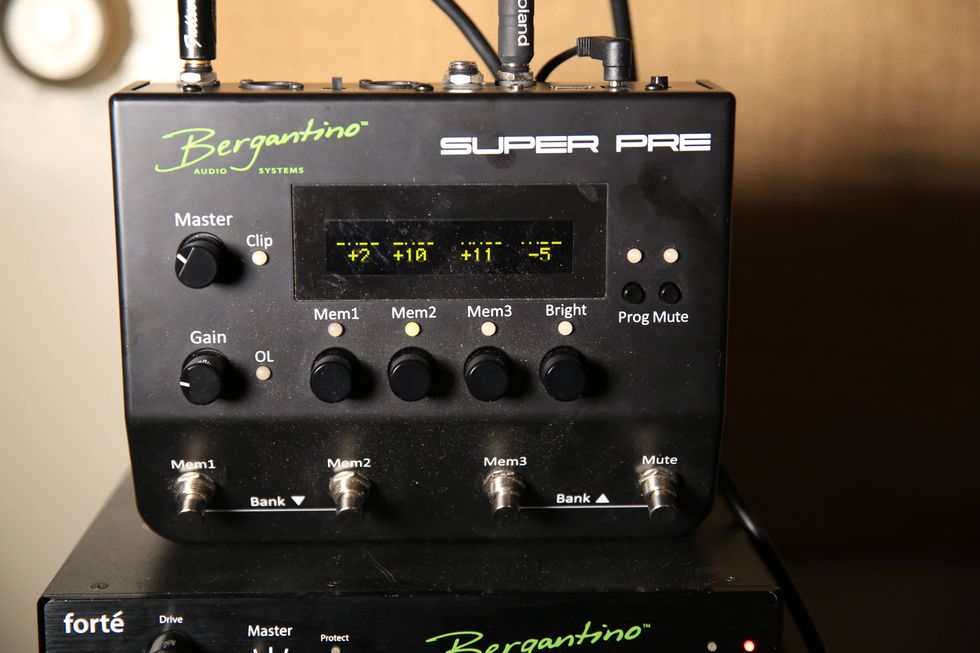


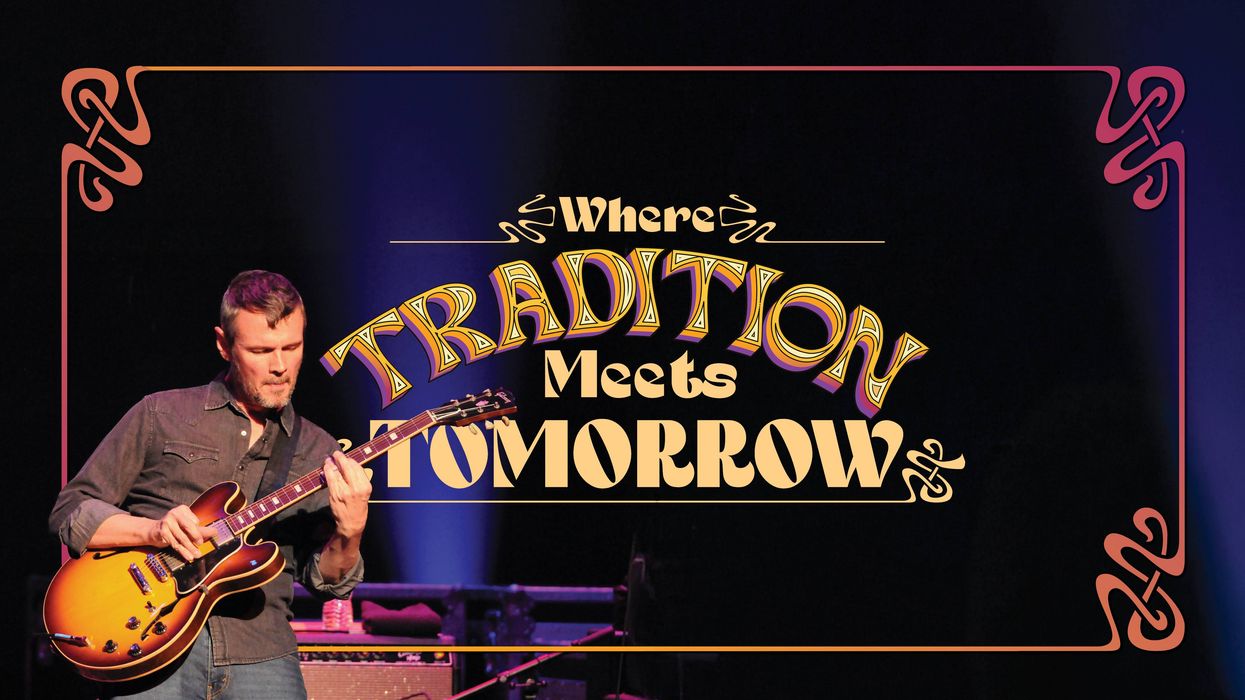
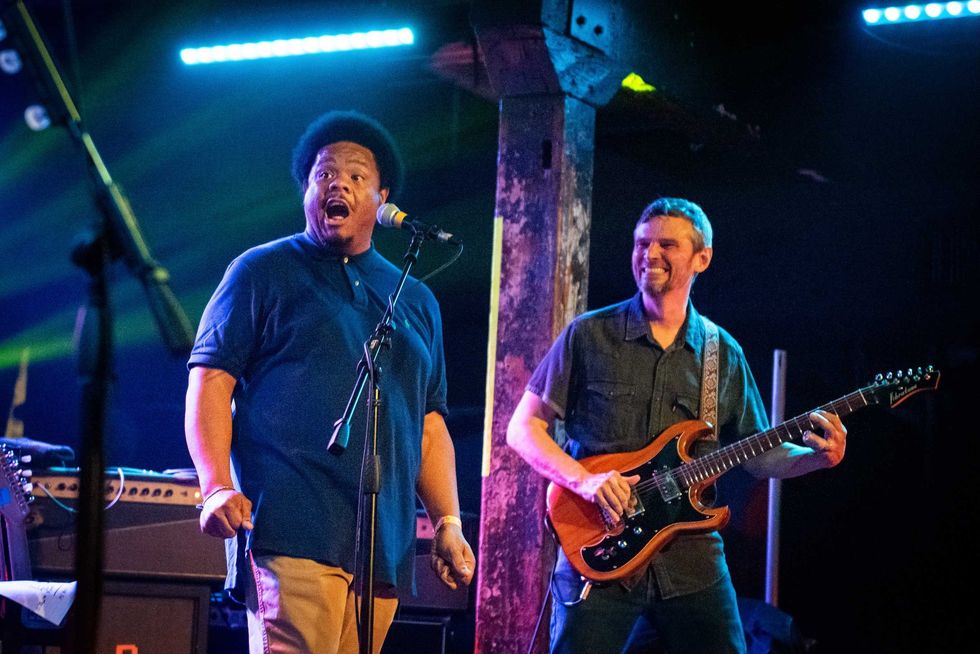
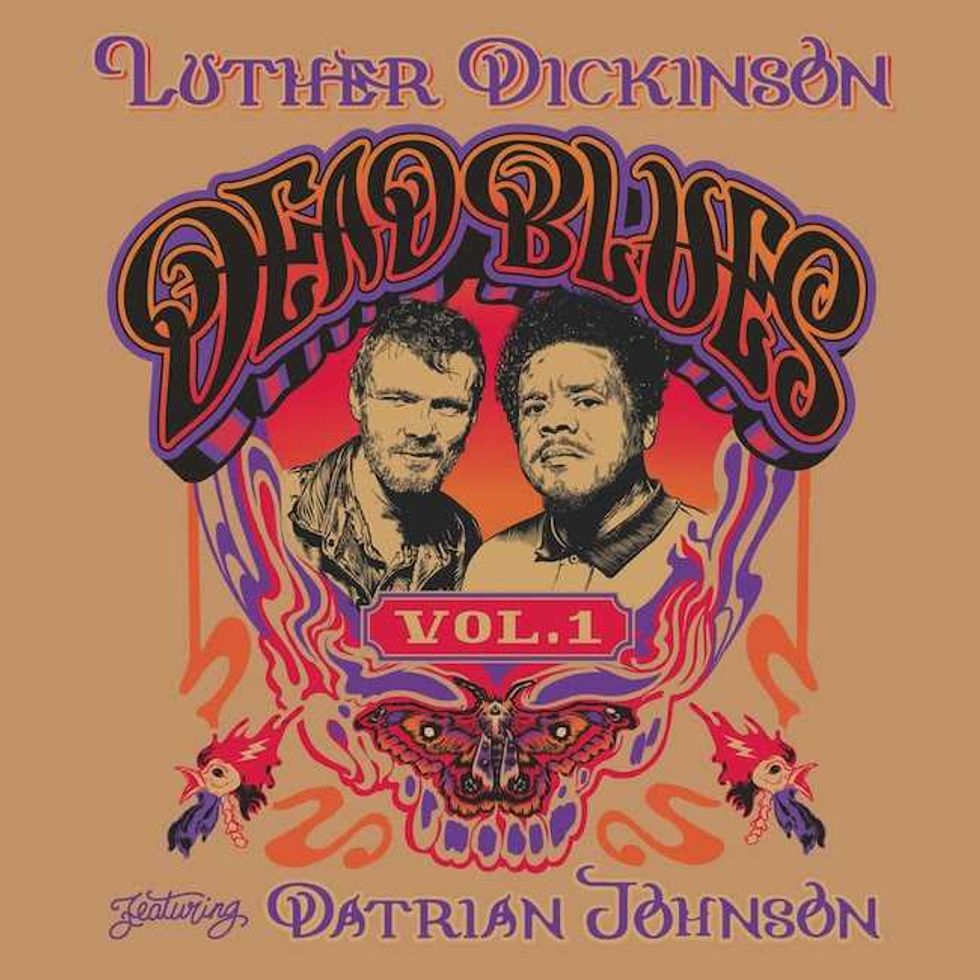
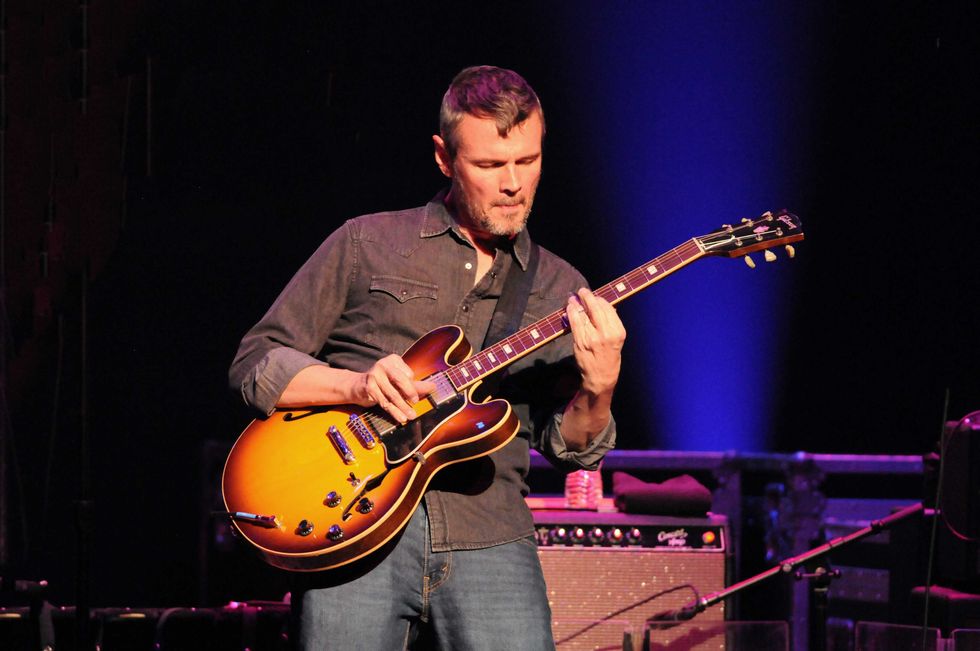
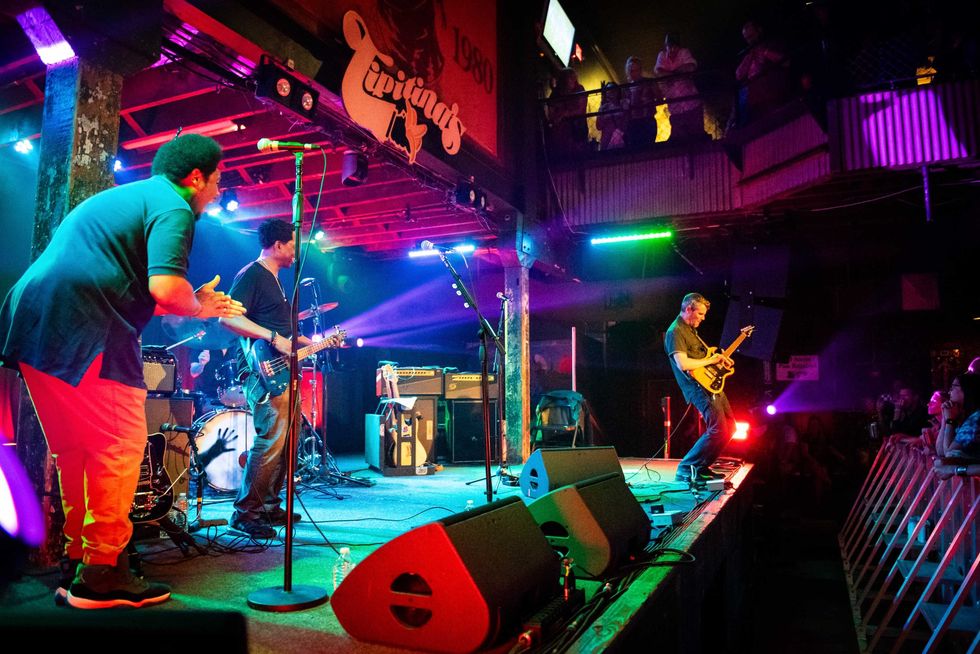
![Devon Eisenbarger [Katy Perry] Rig Rundown](https://www.premierguitar.com/media-library/youtube.jpg?id=61774583&width=1245&height=700&quality=70&coordinates=0%2C0%2C0%2C0)
